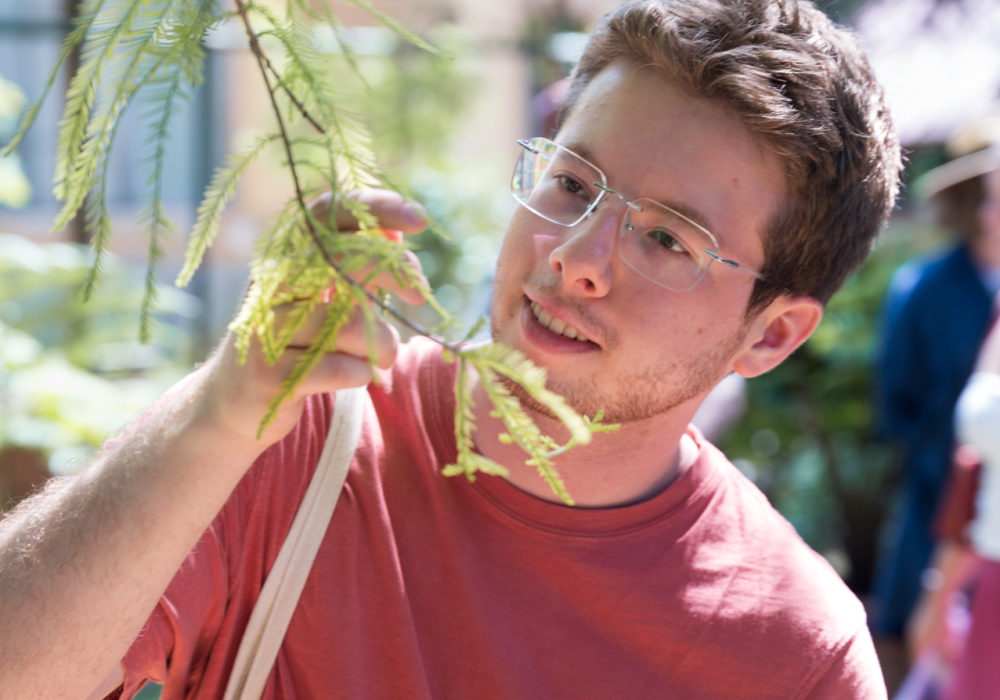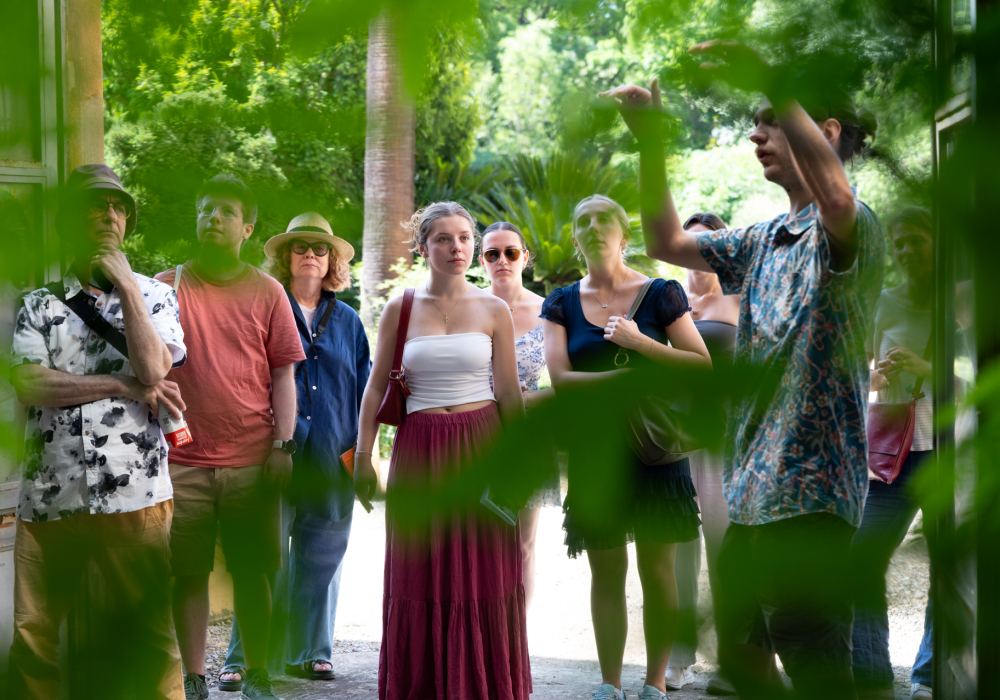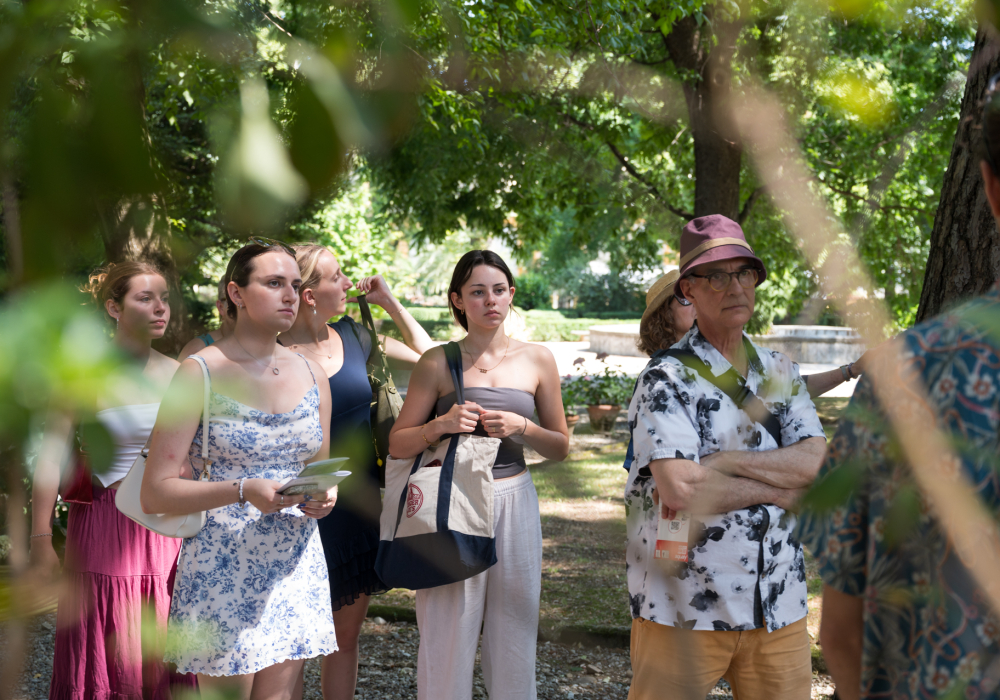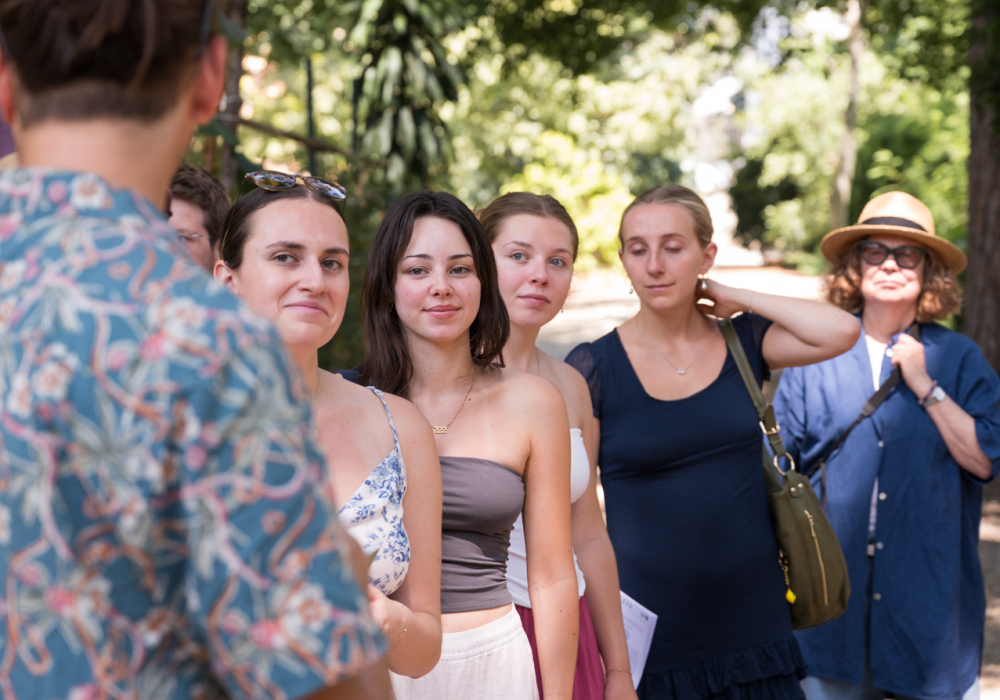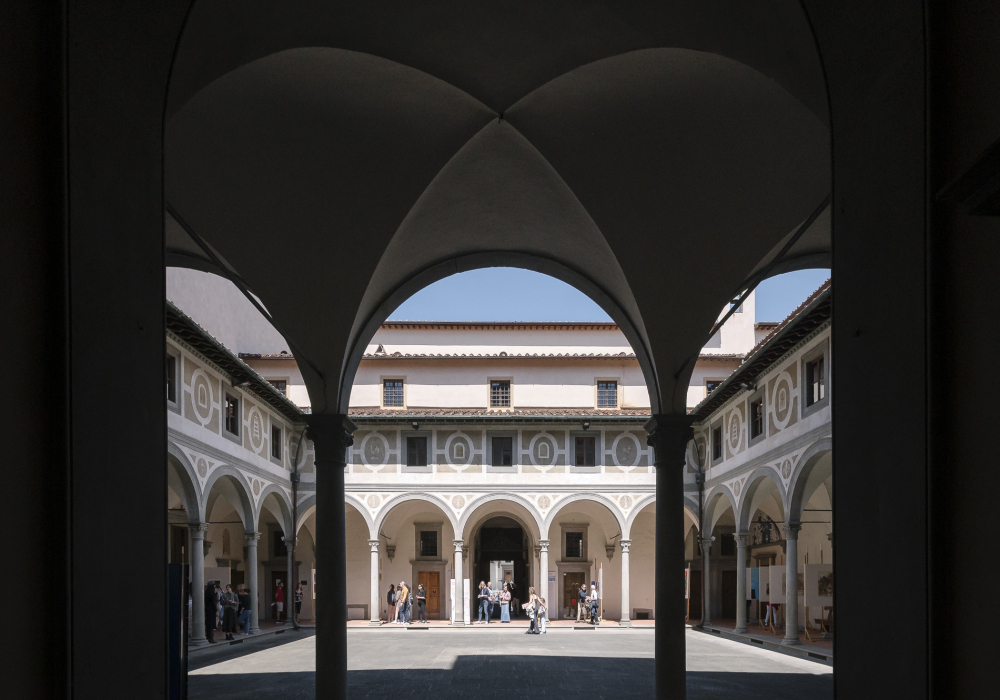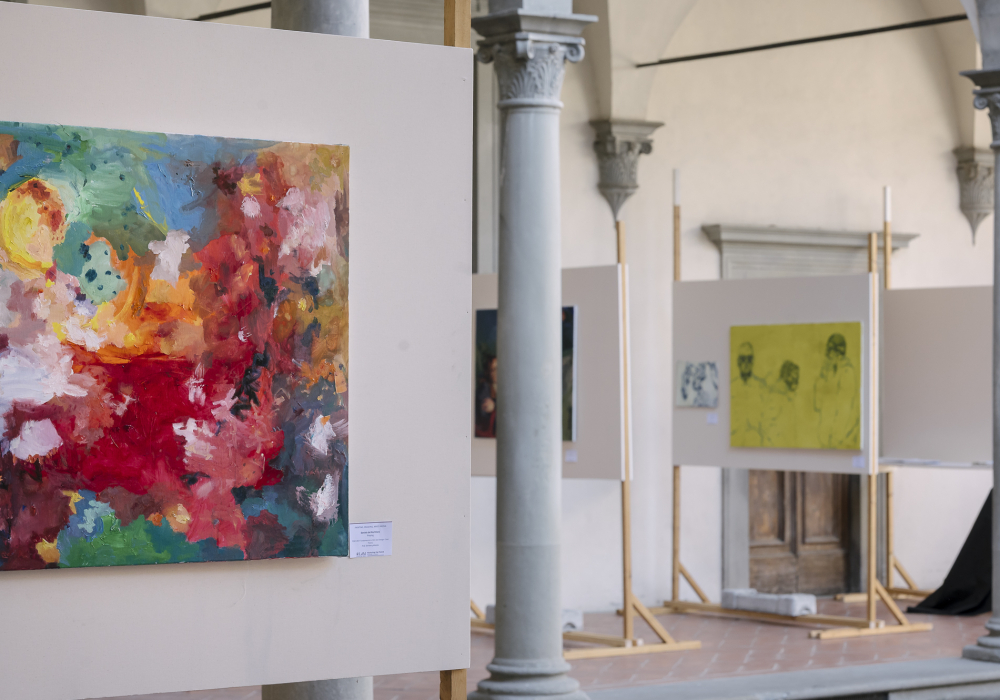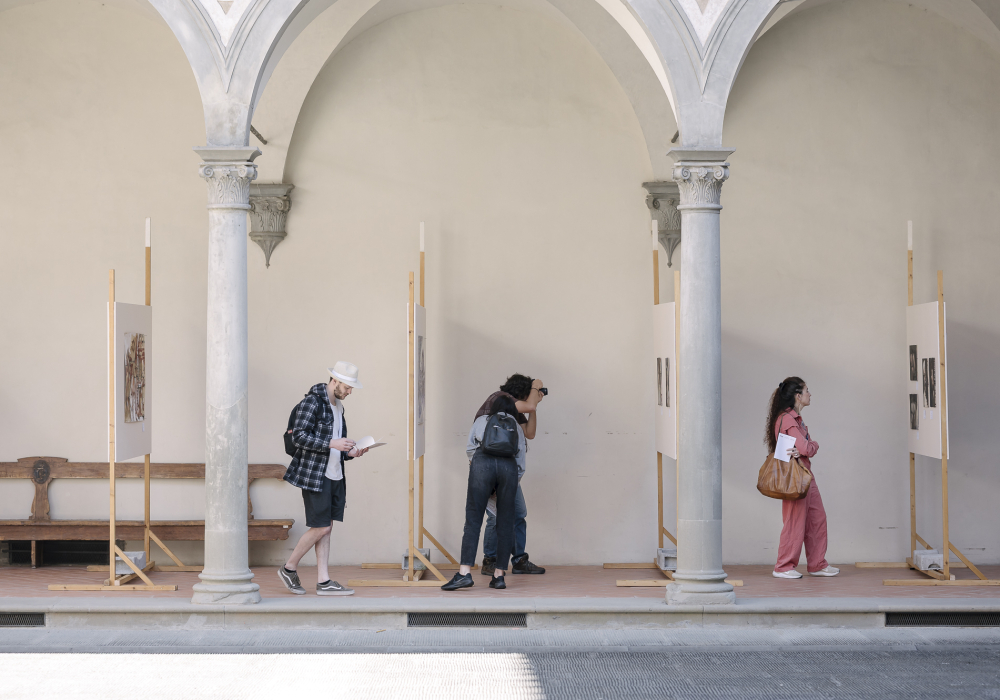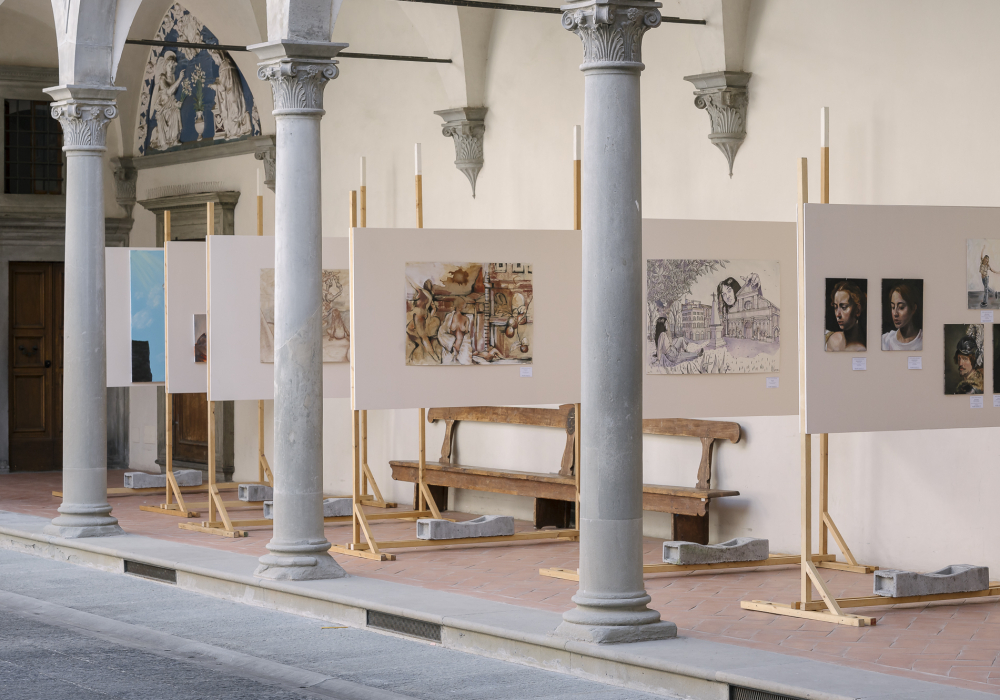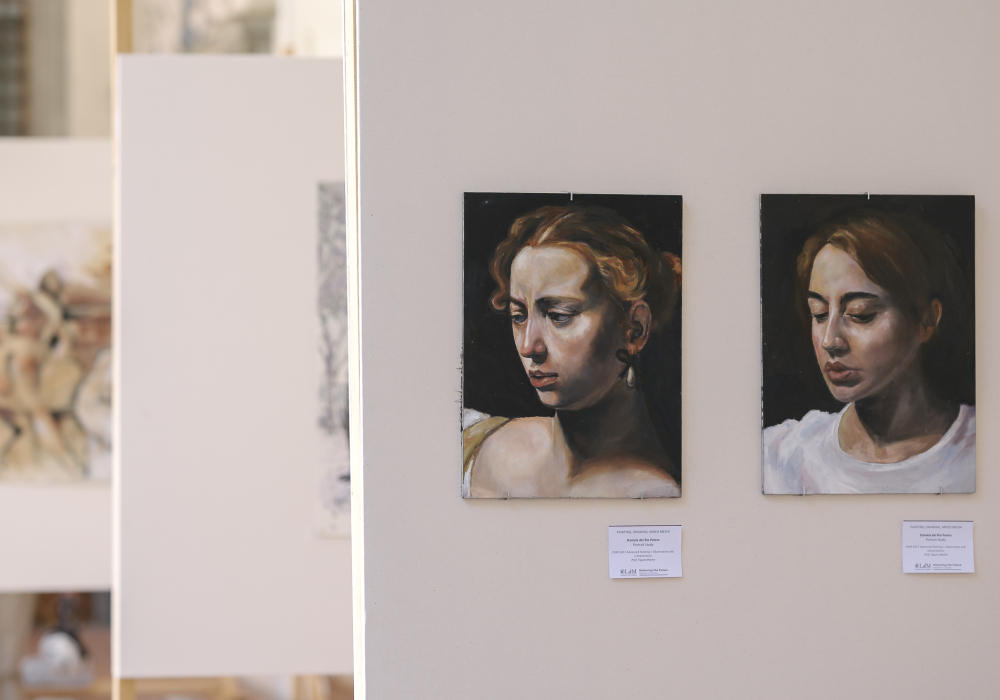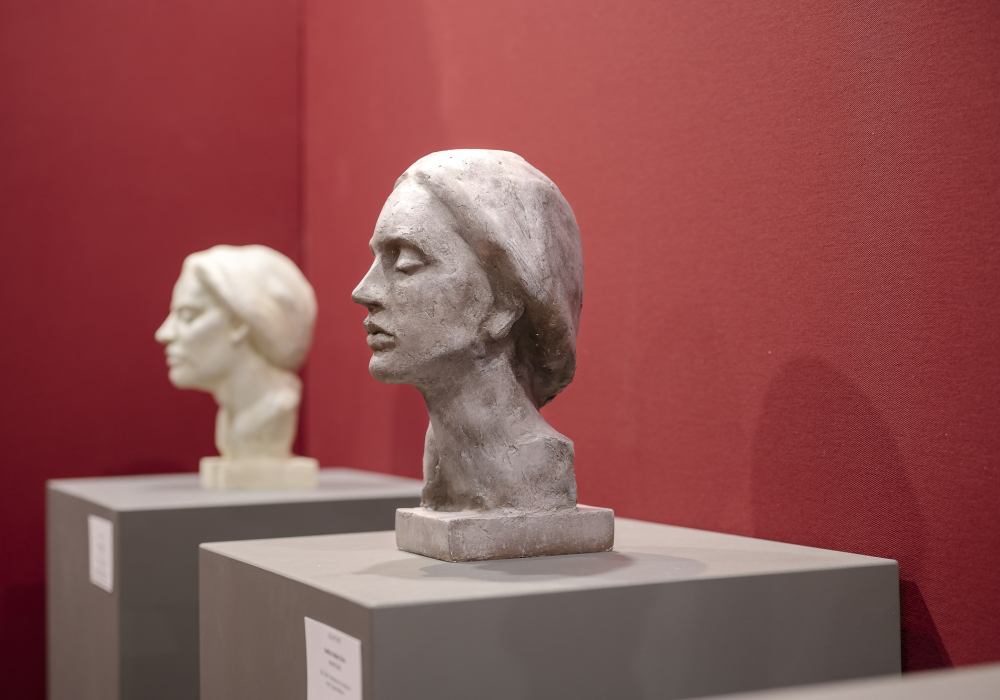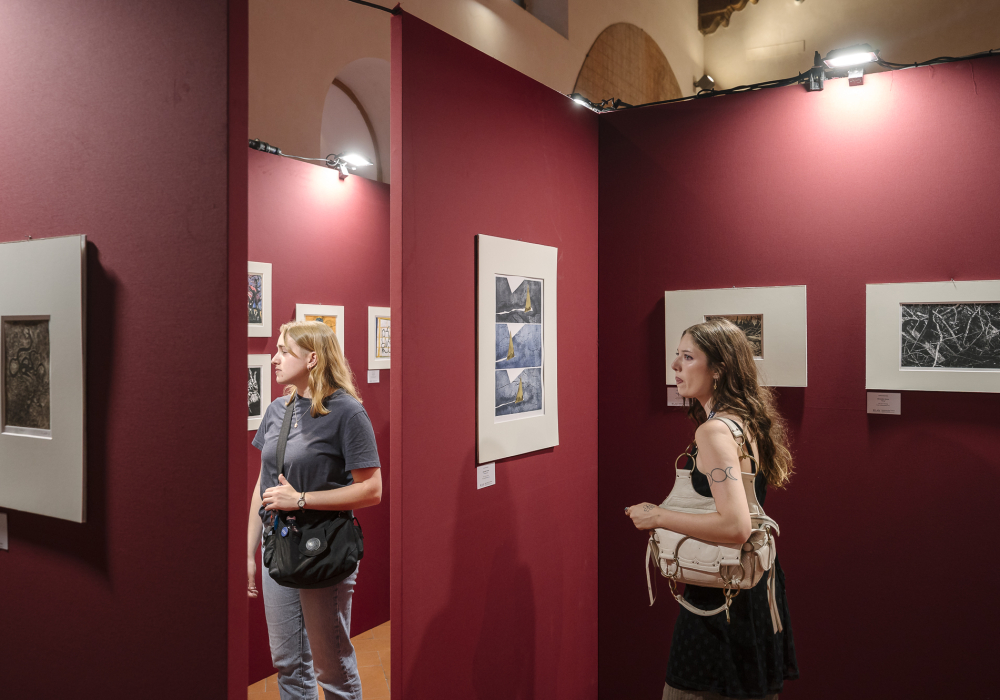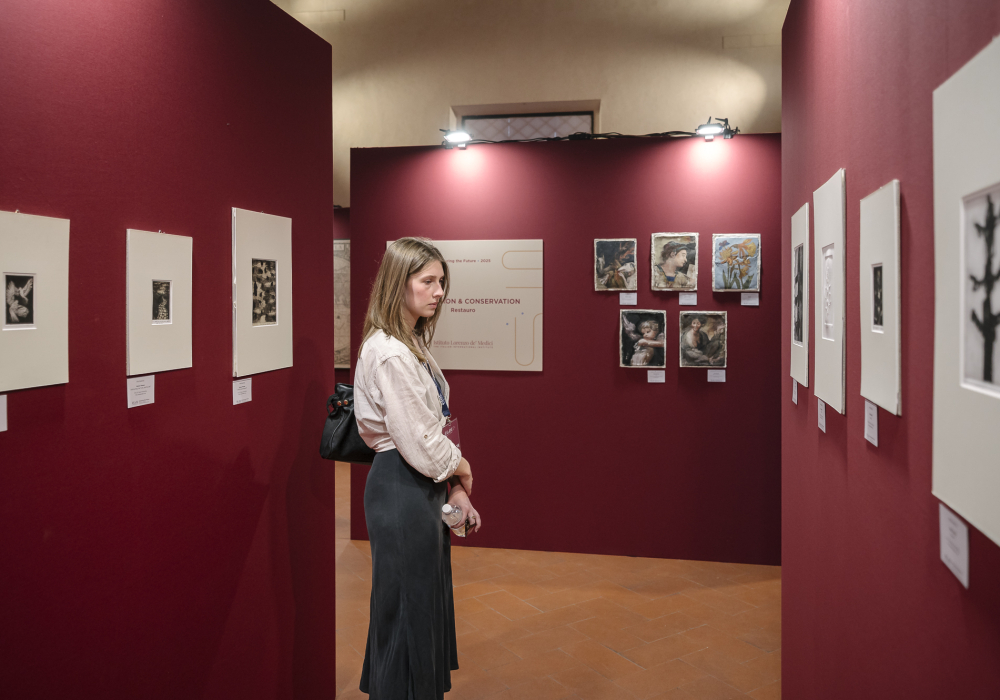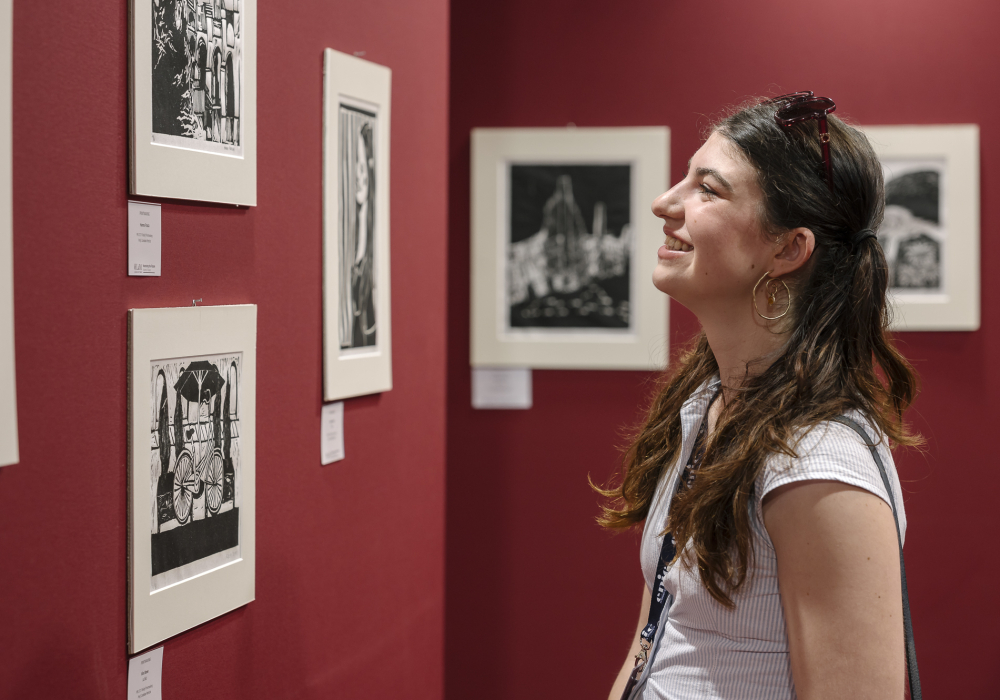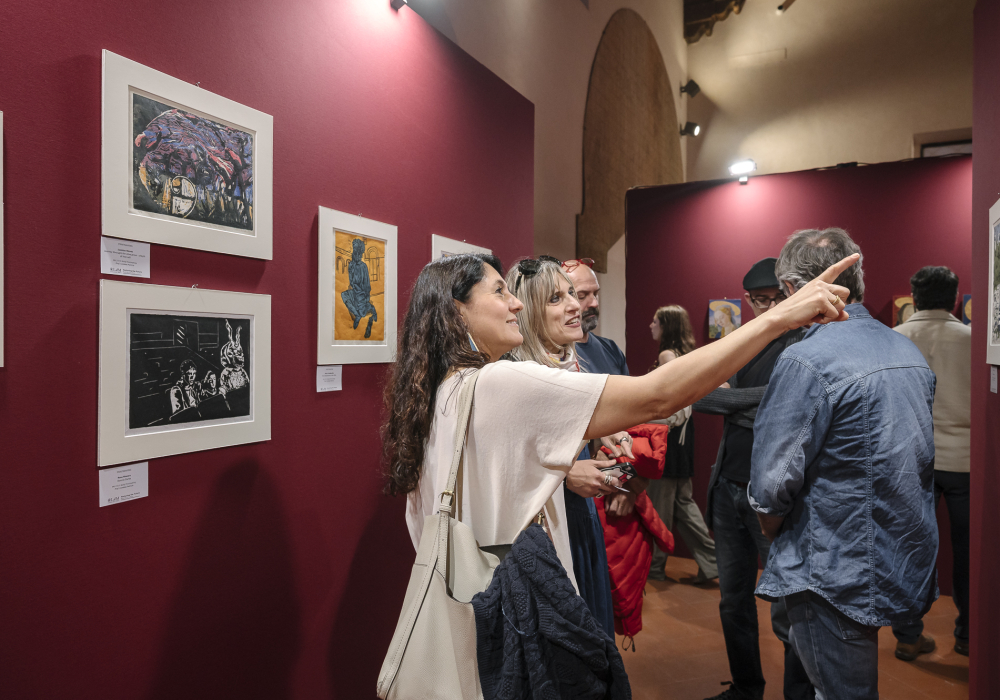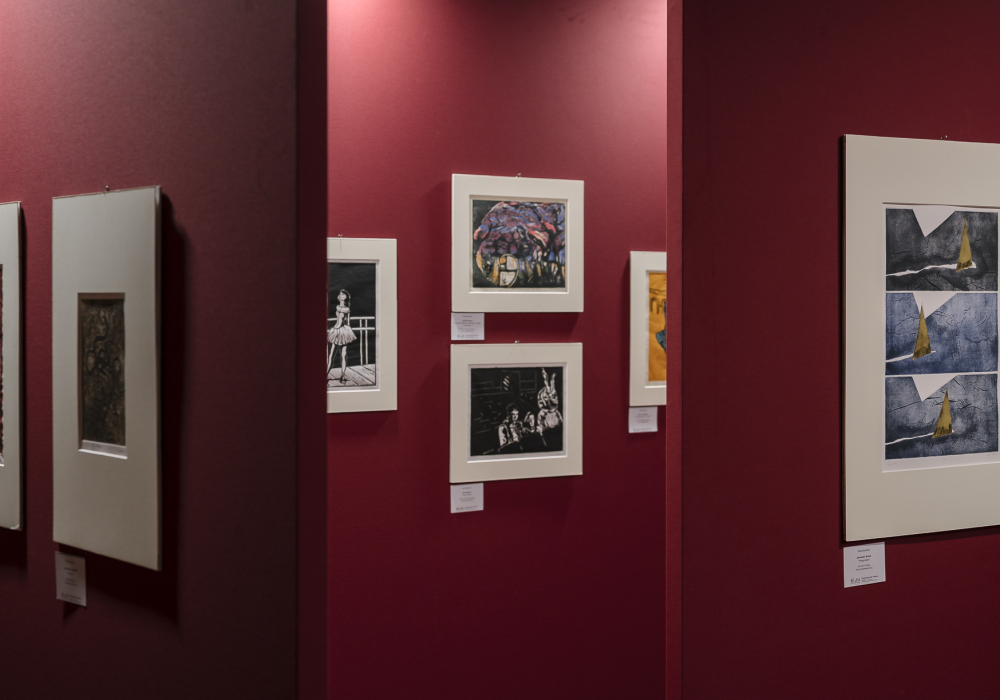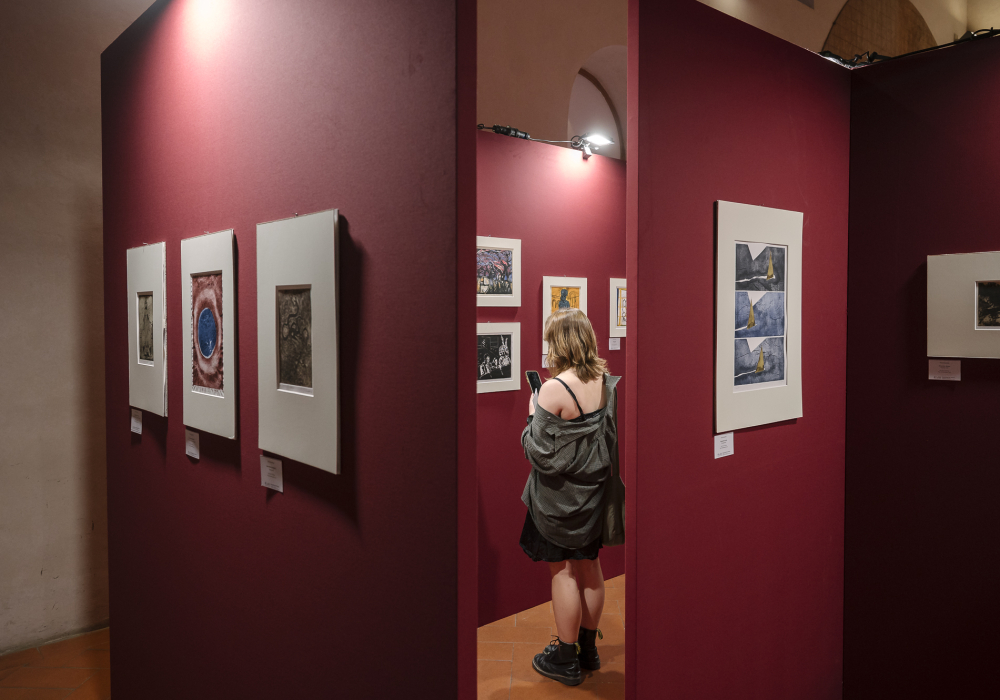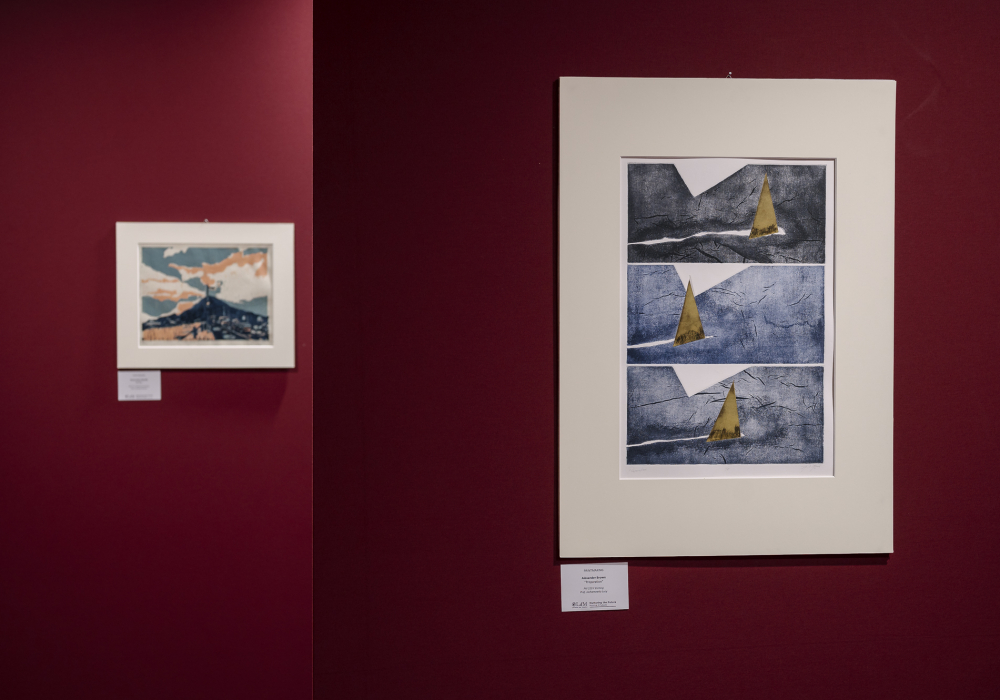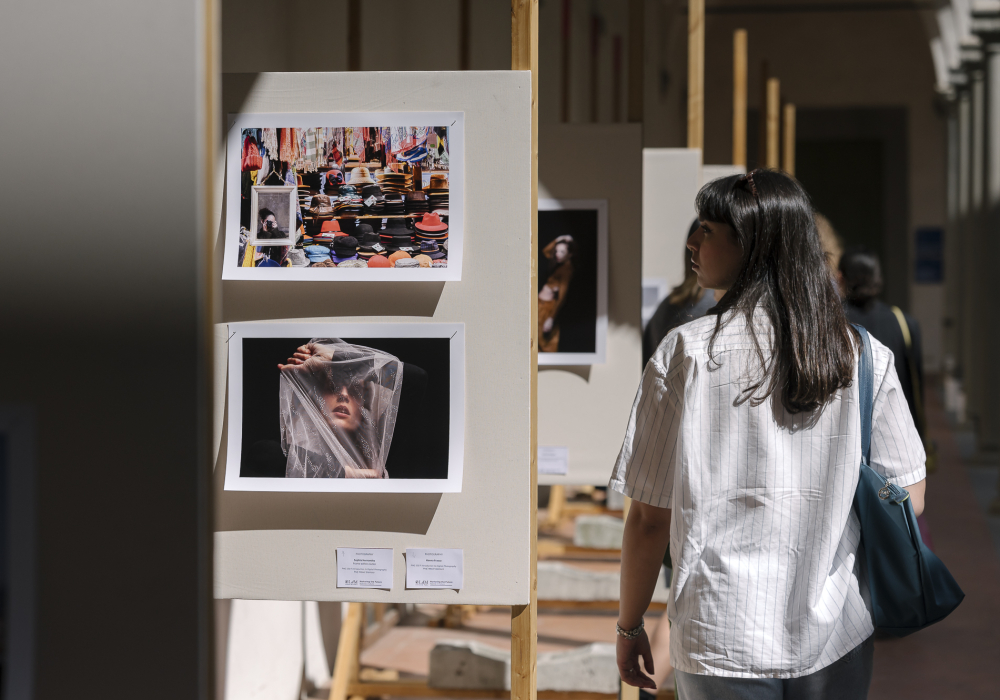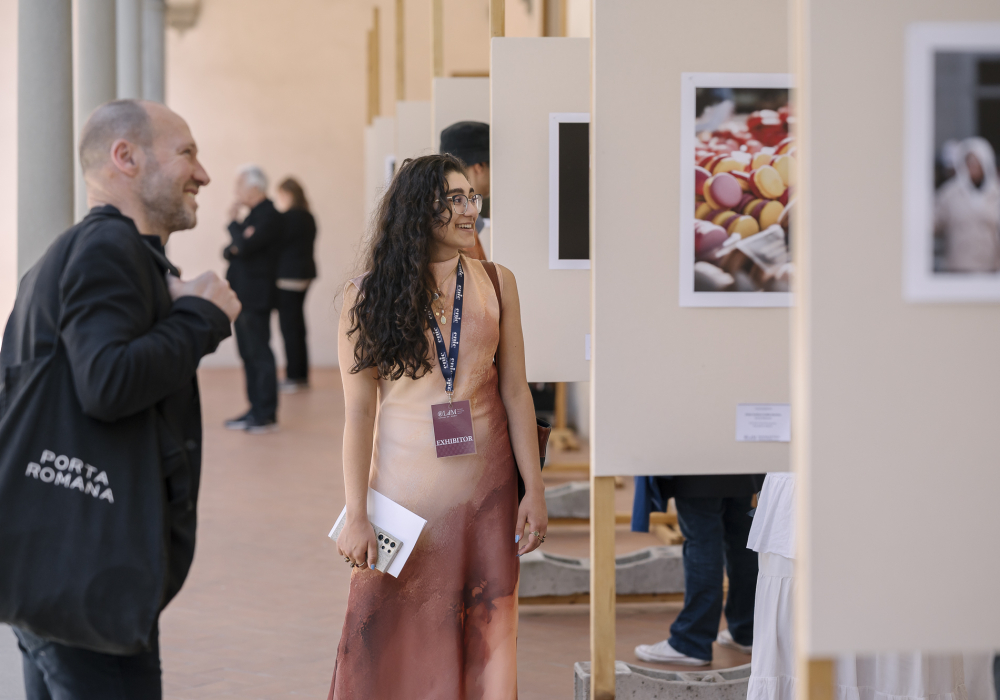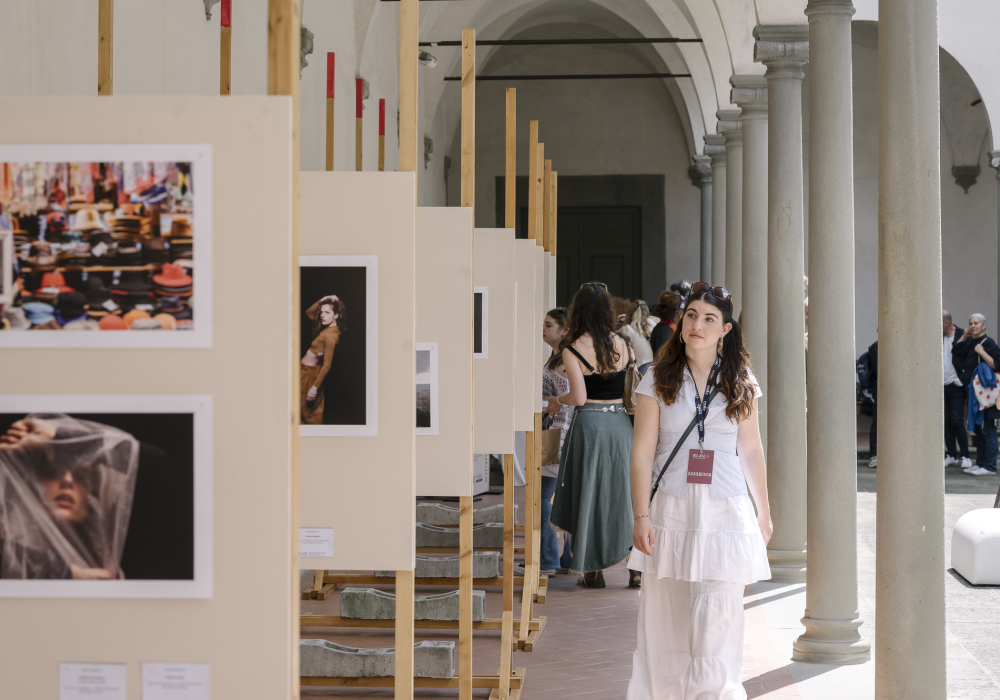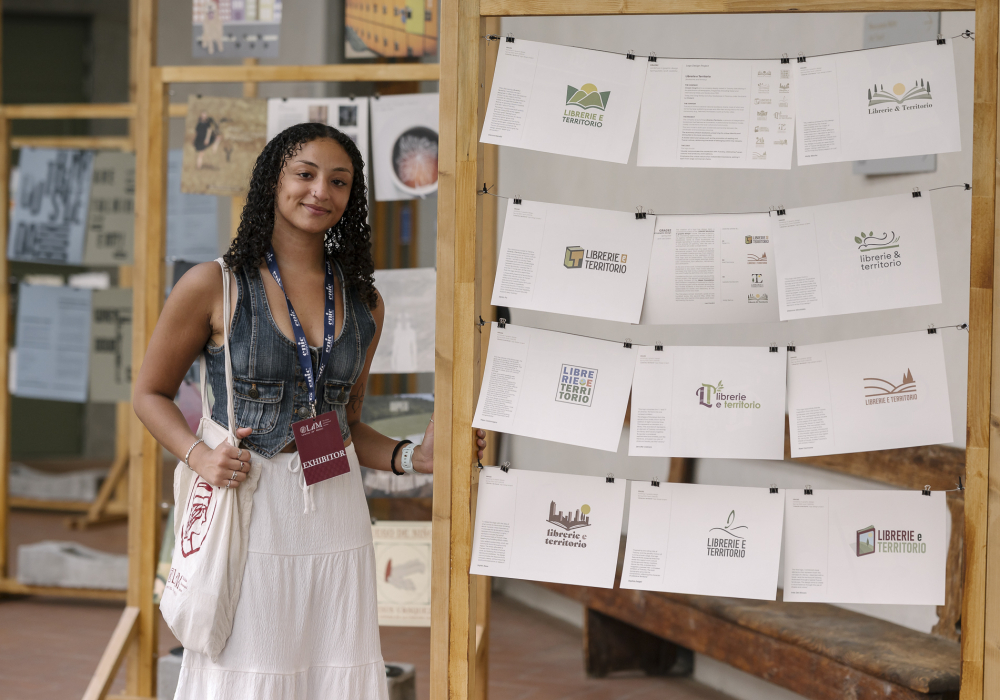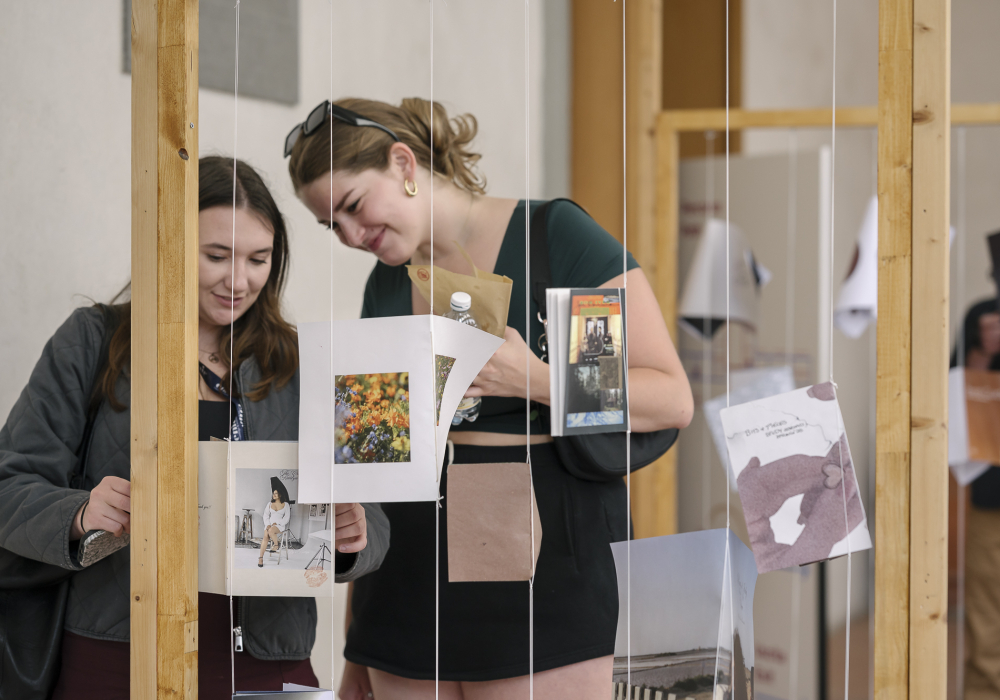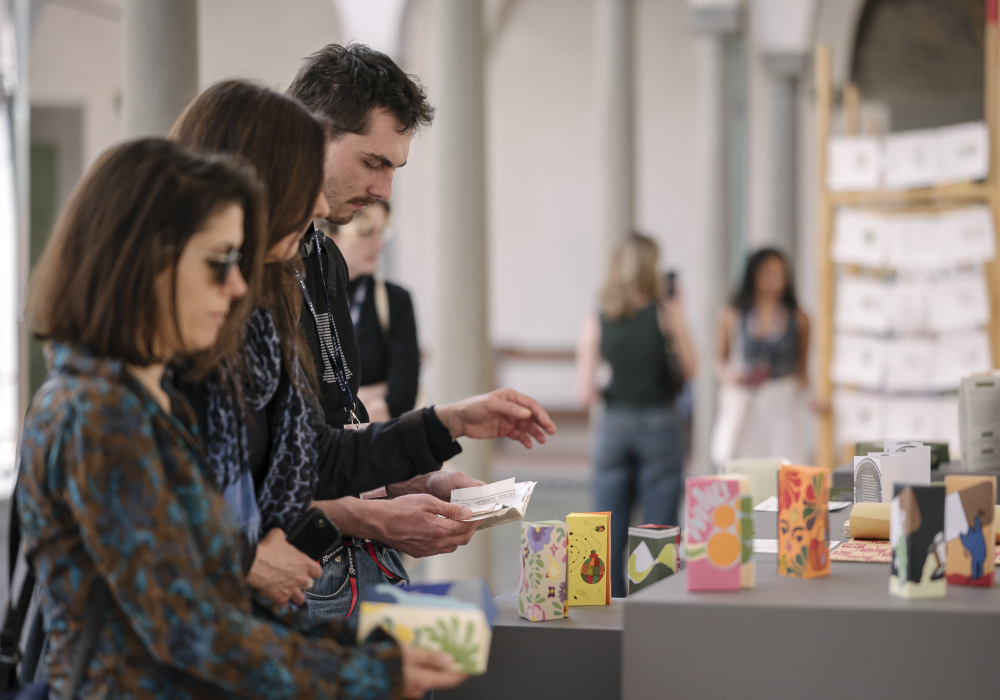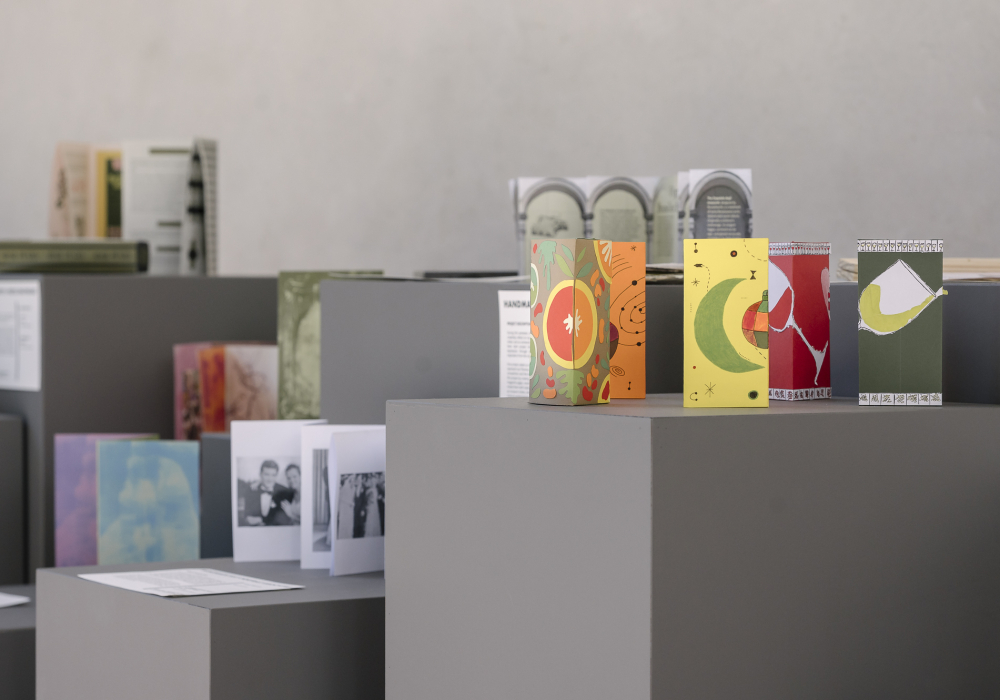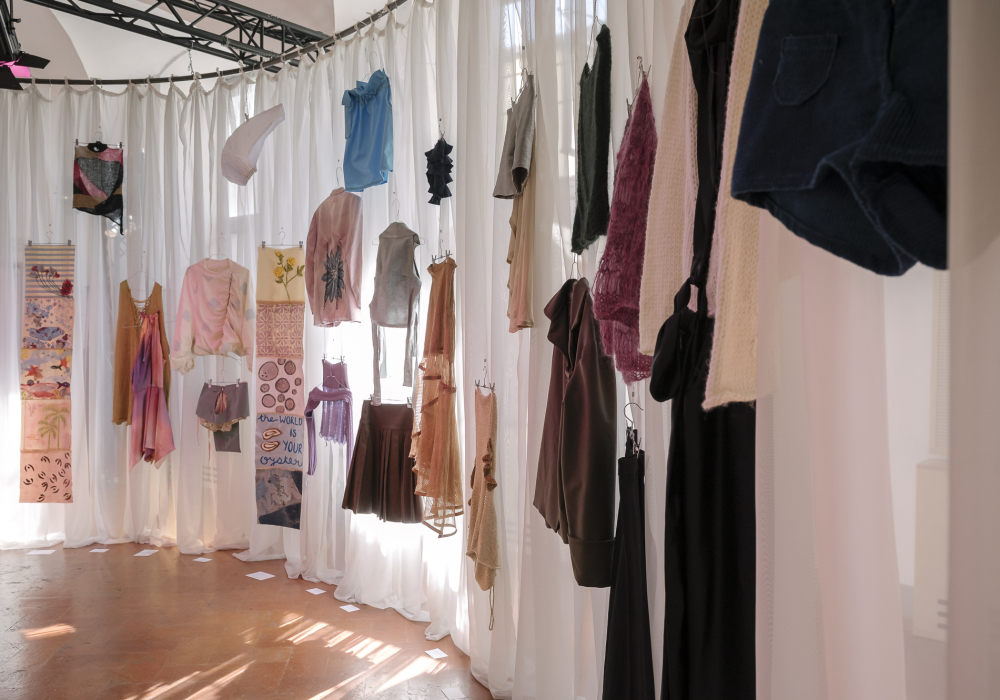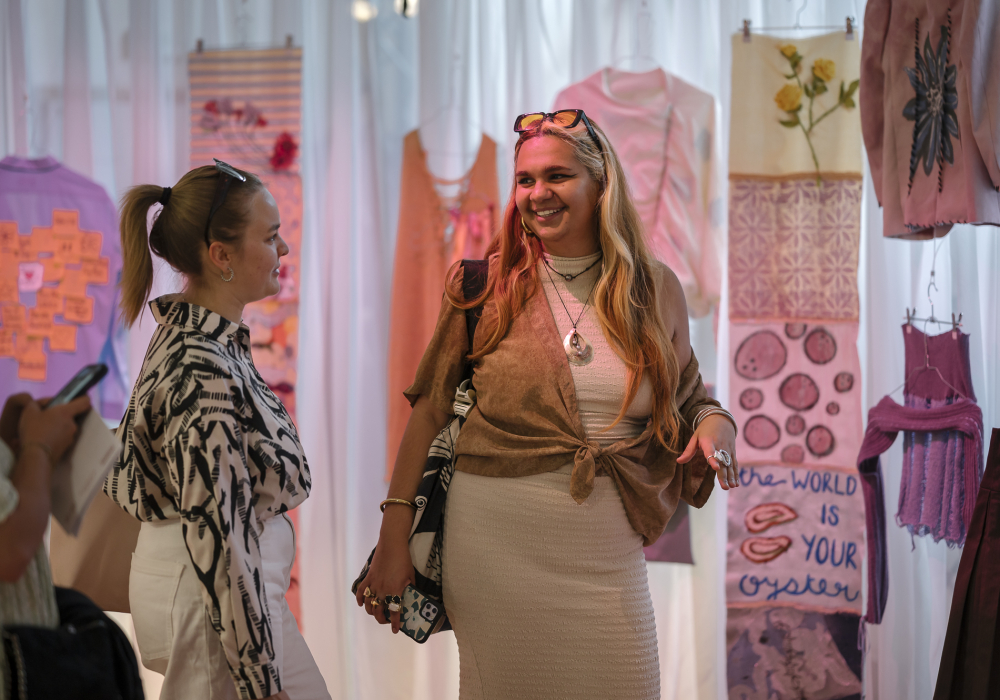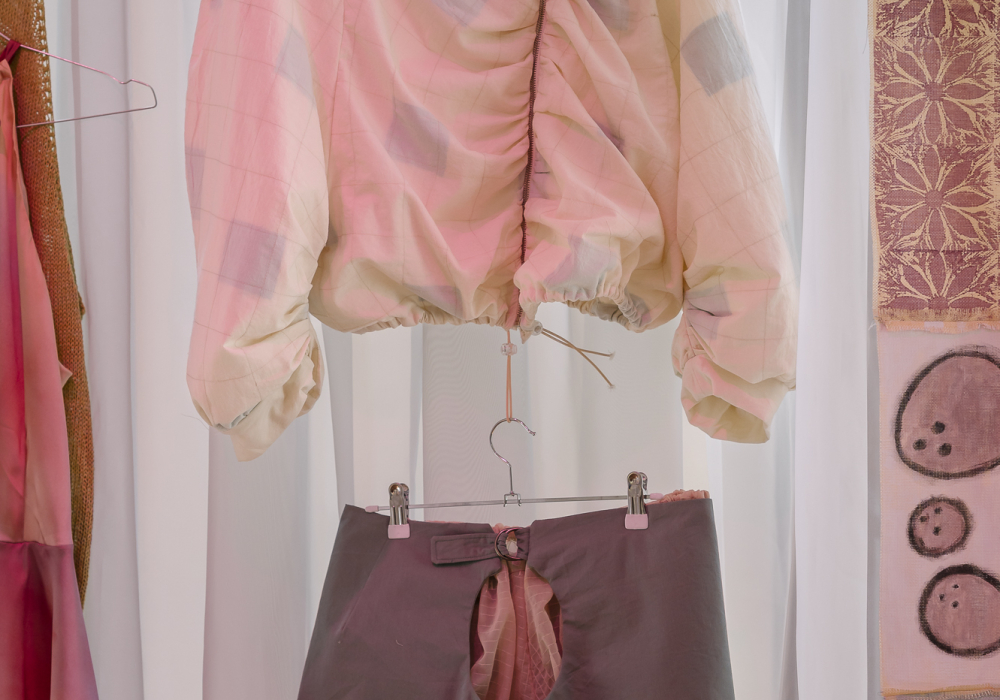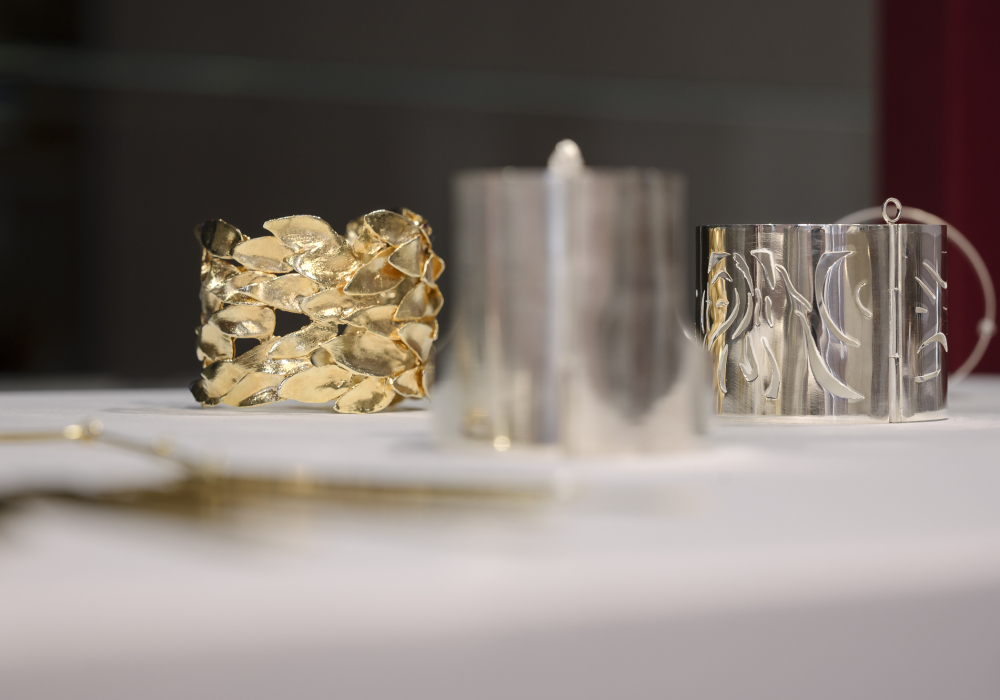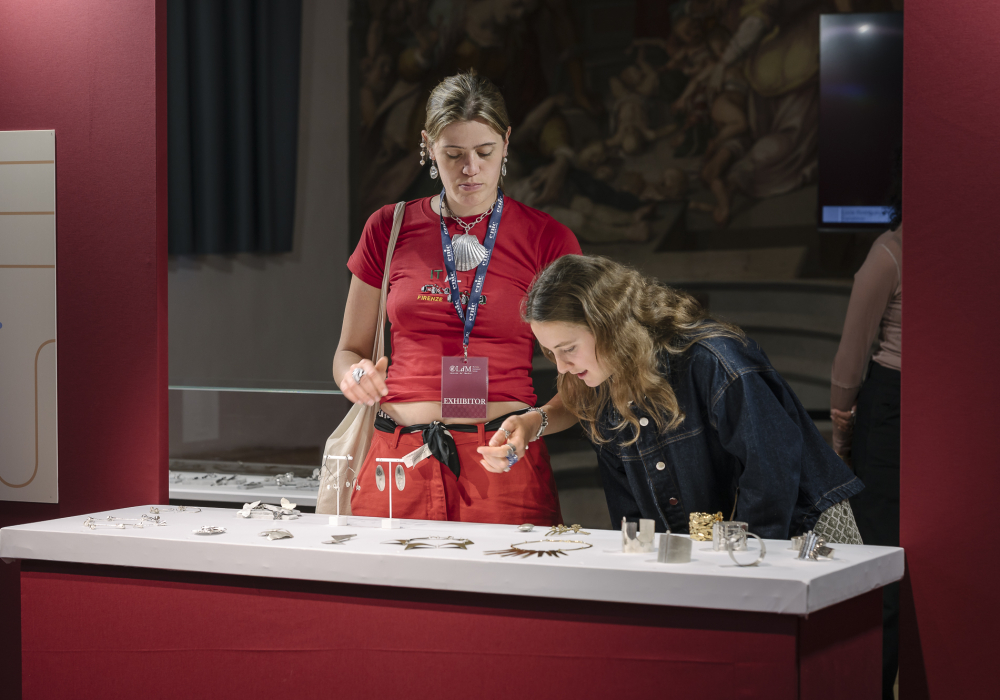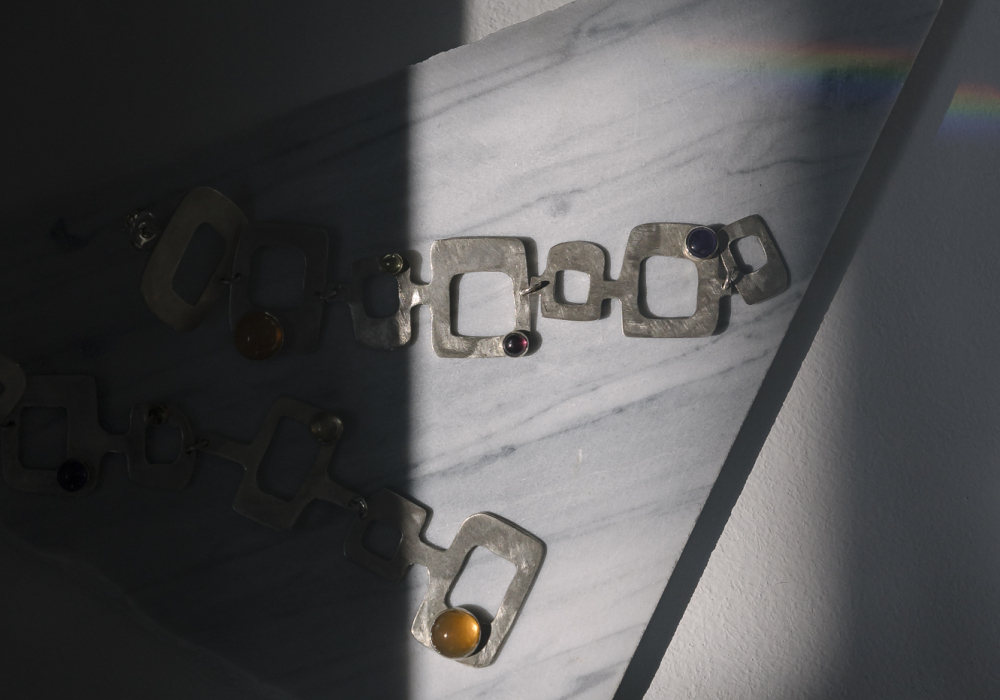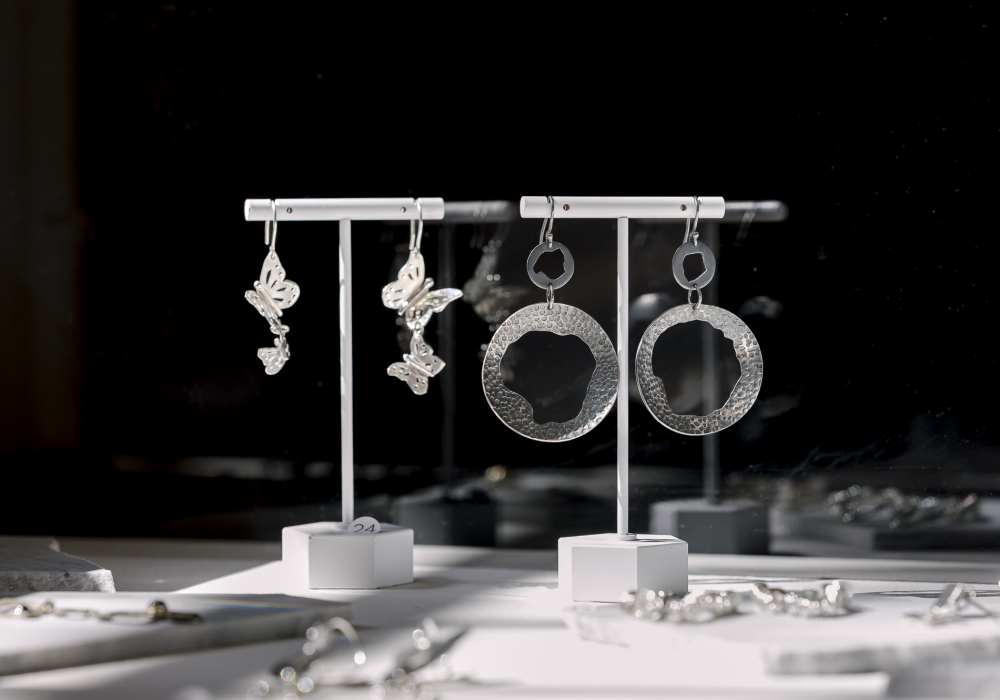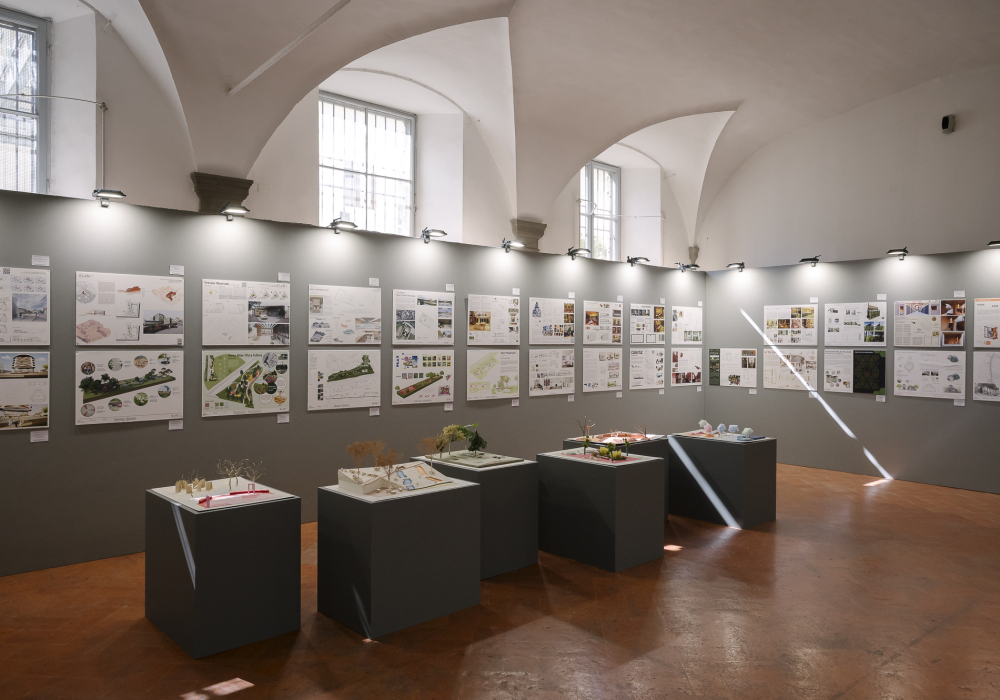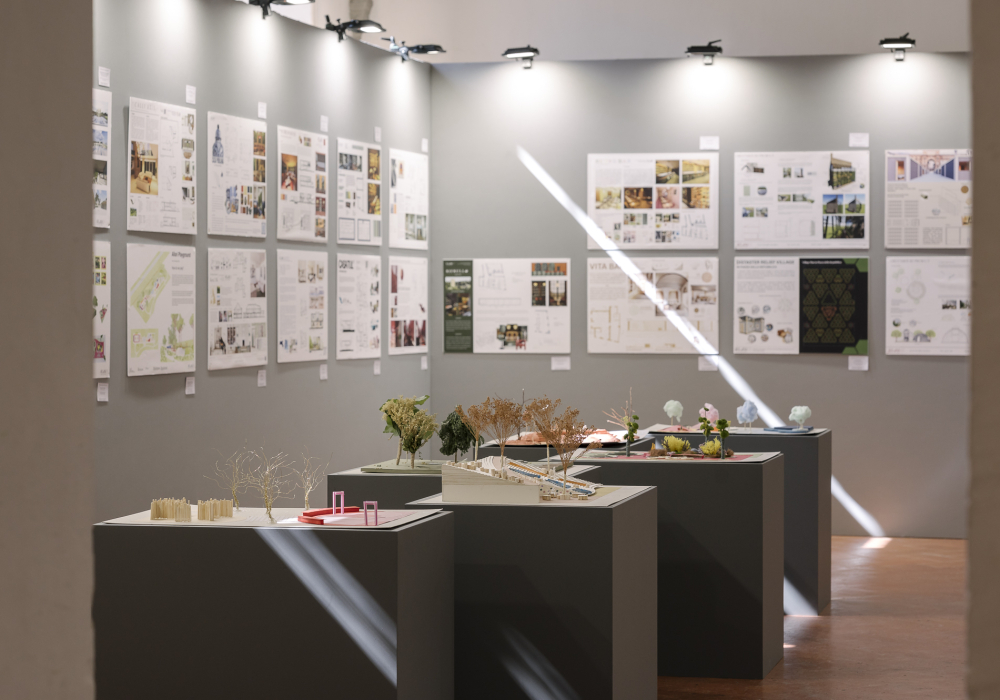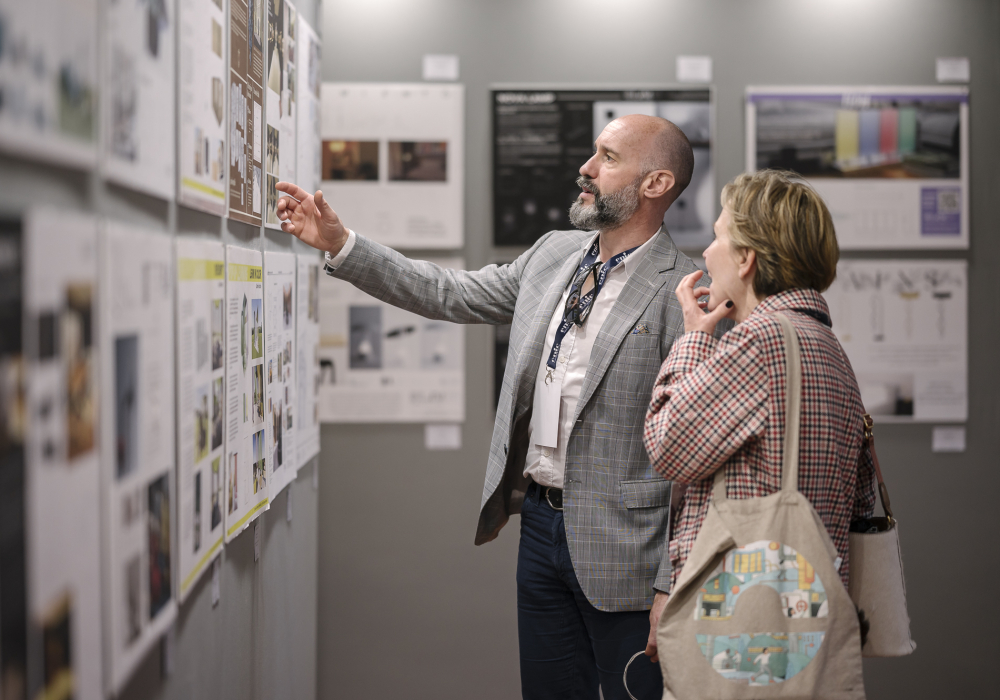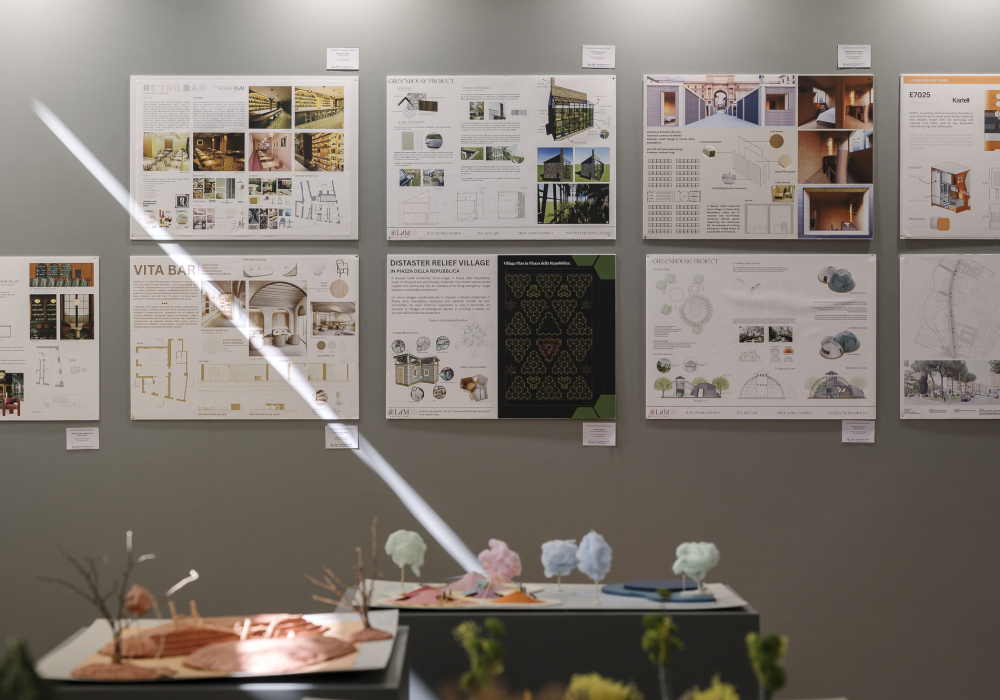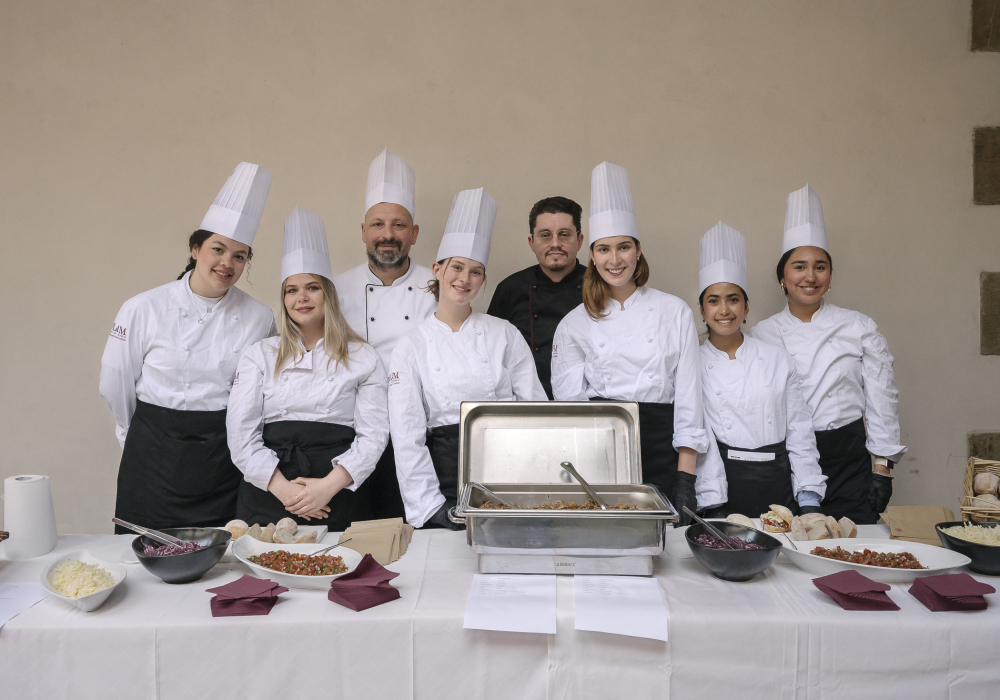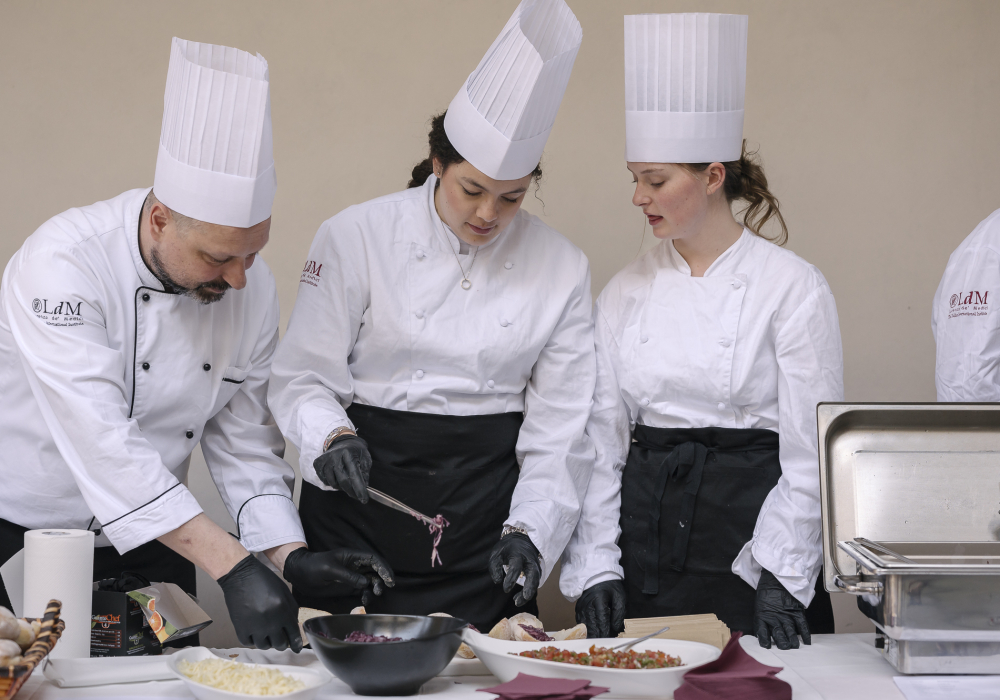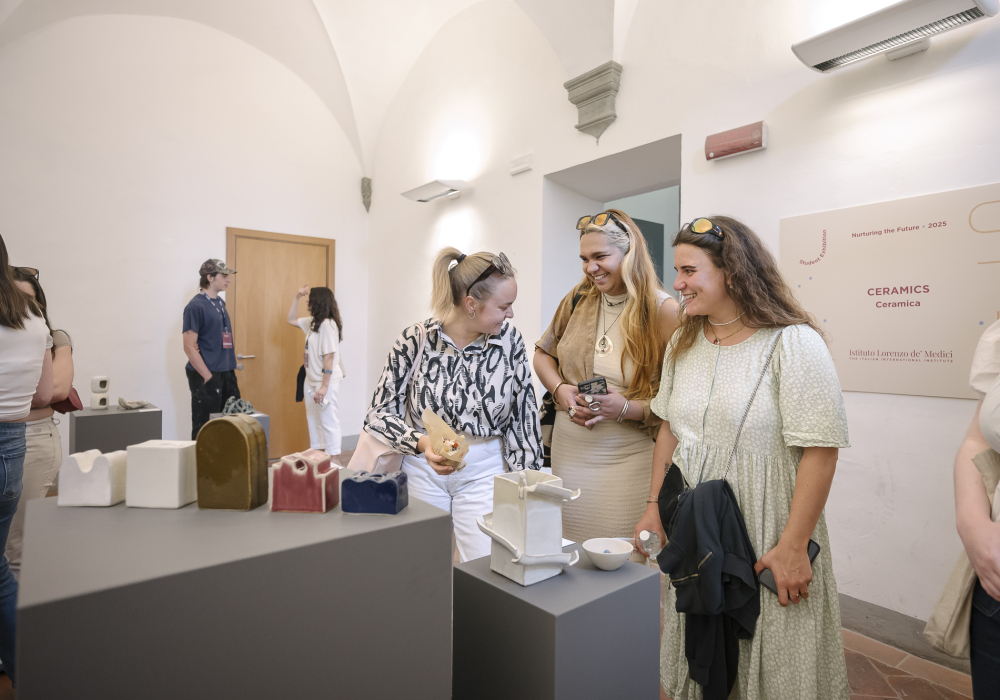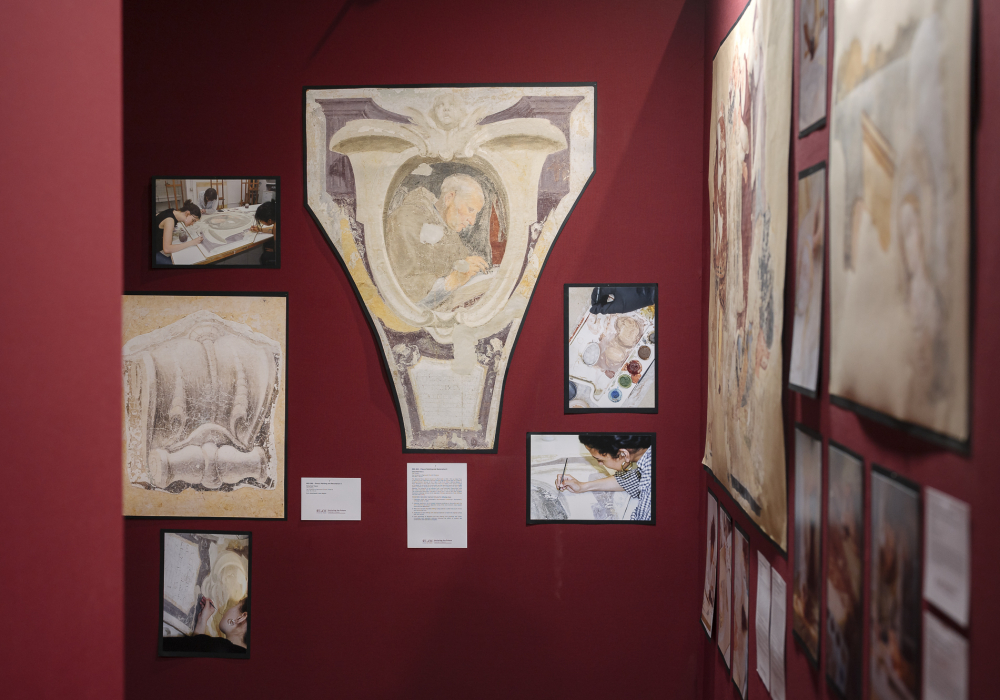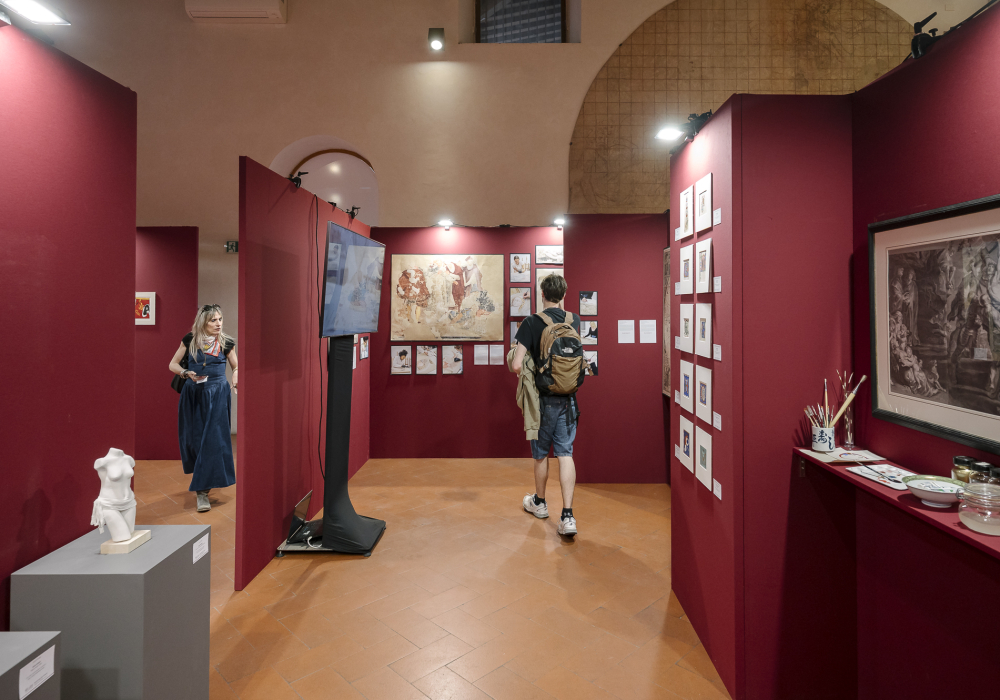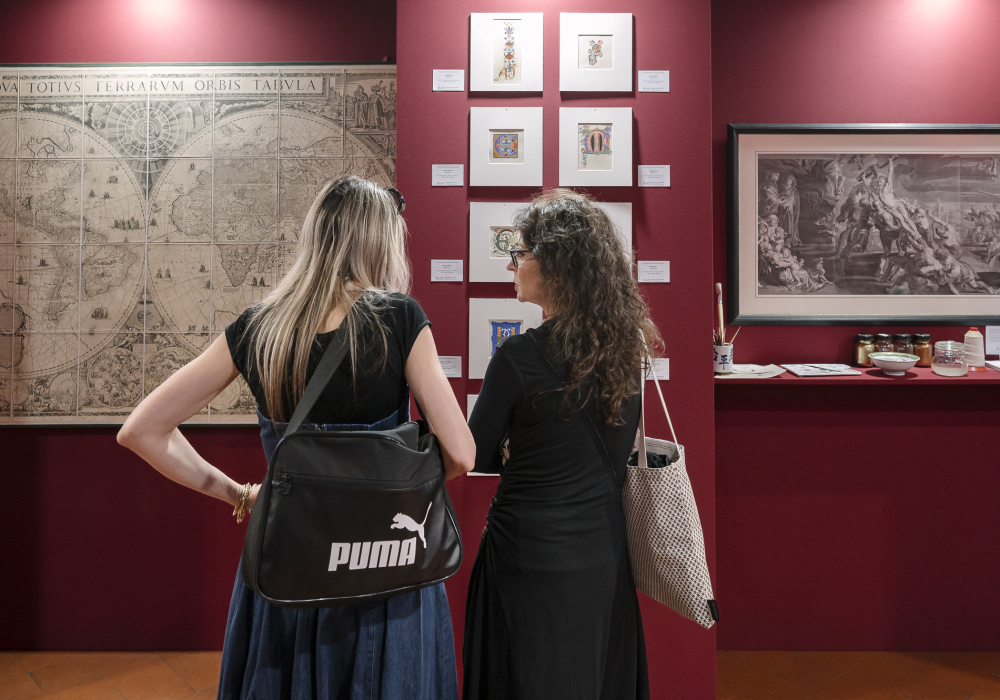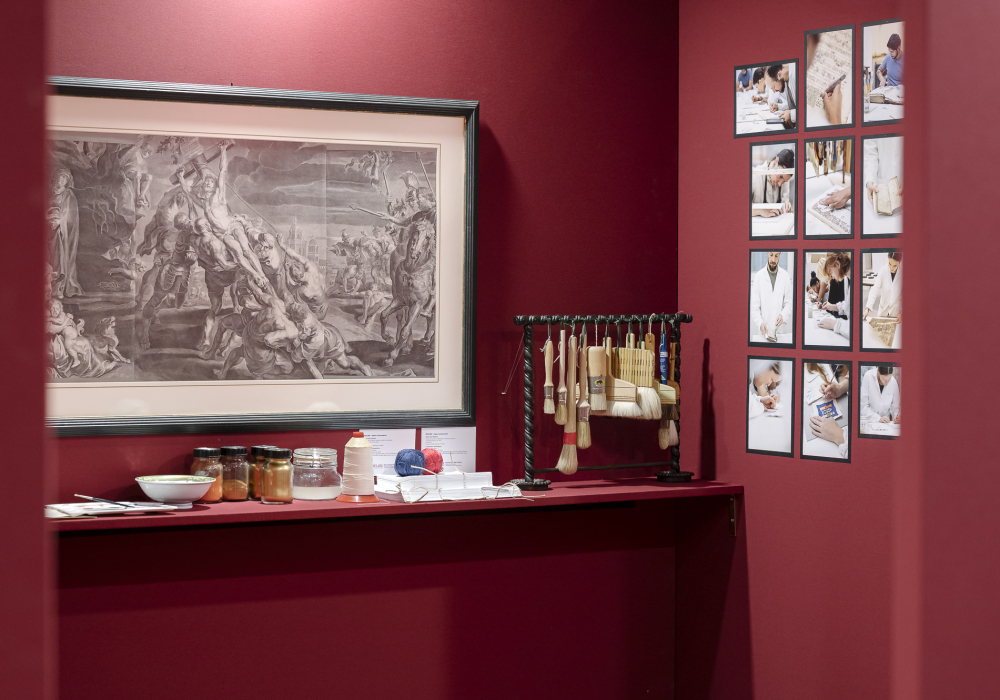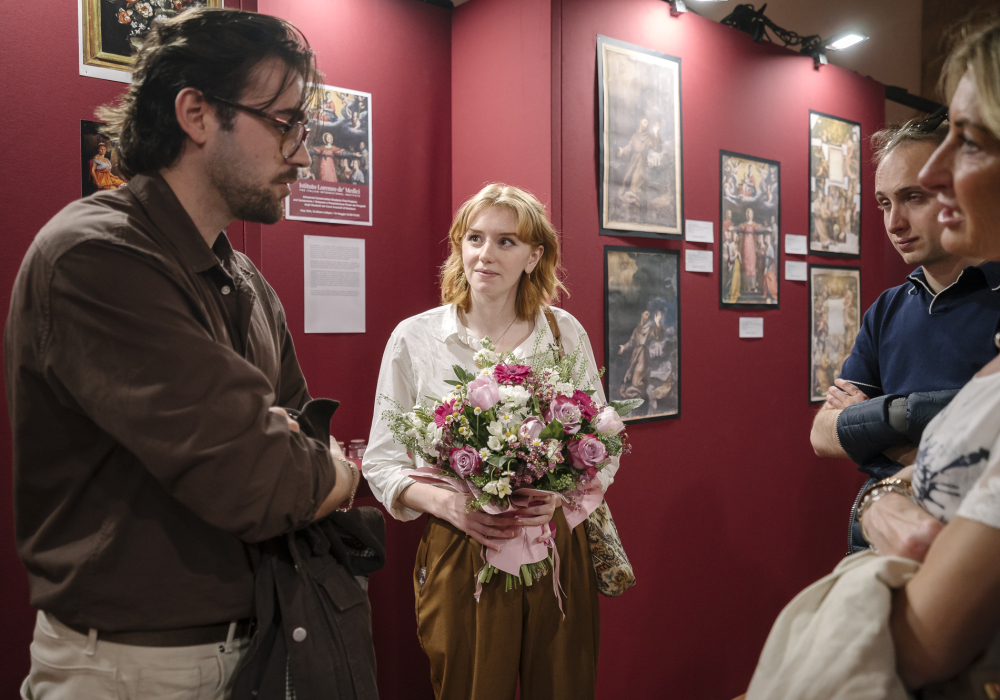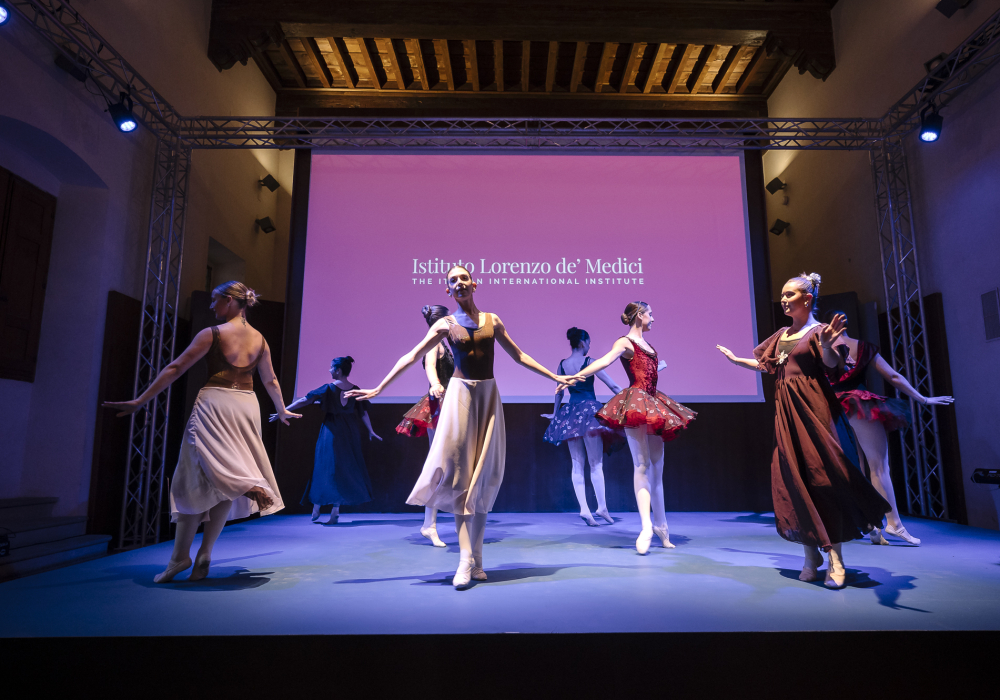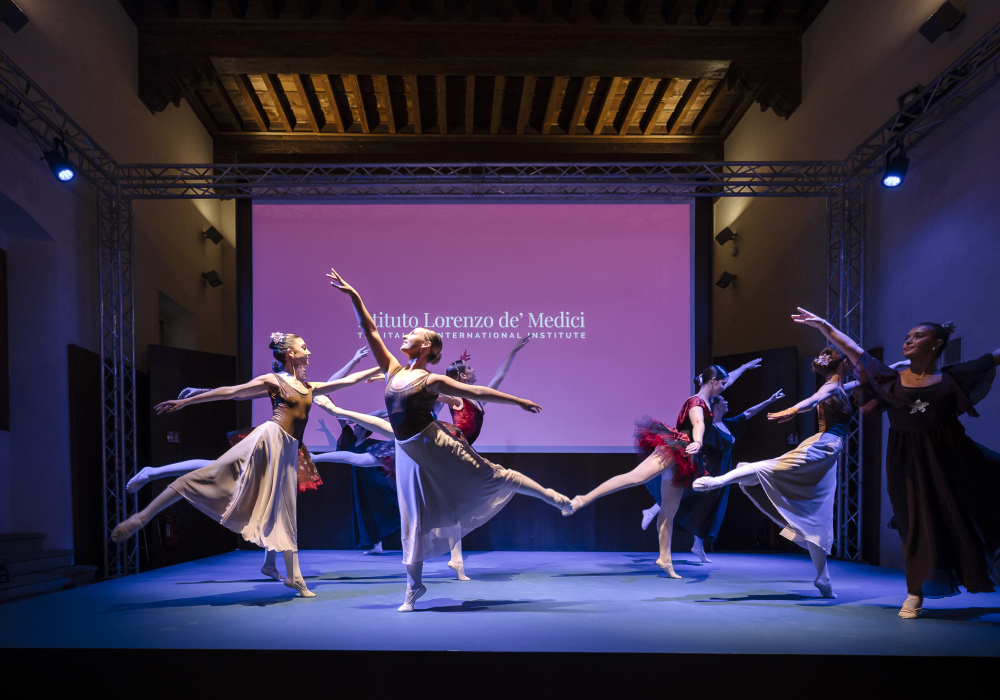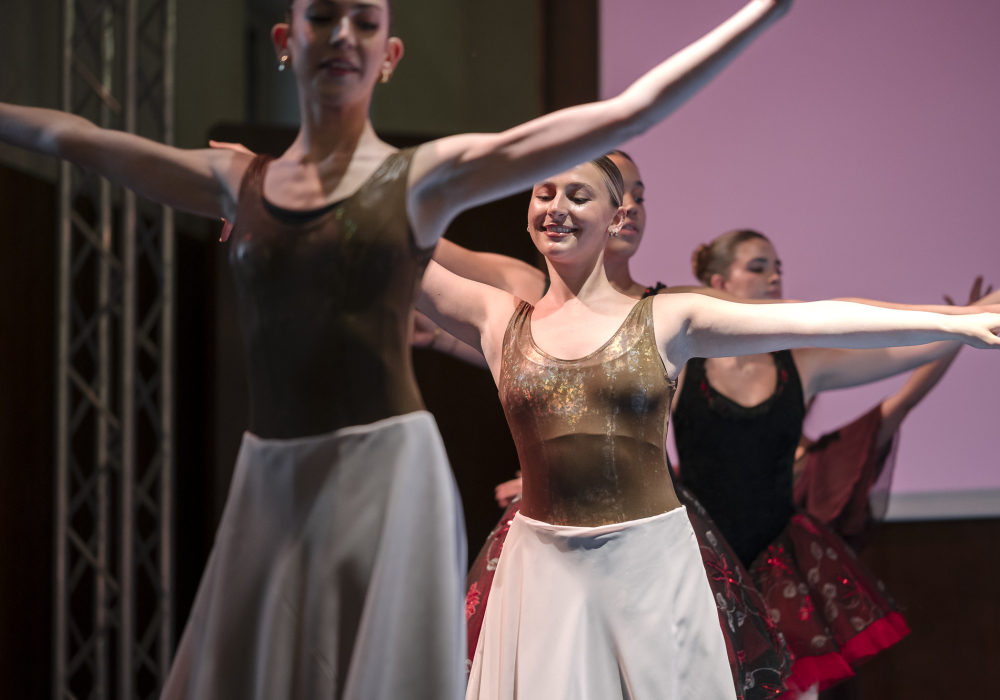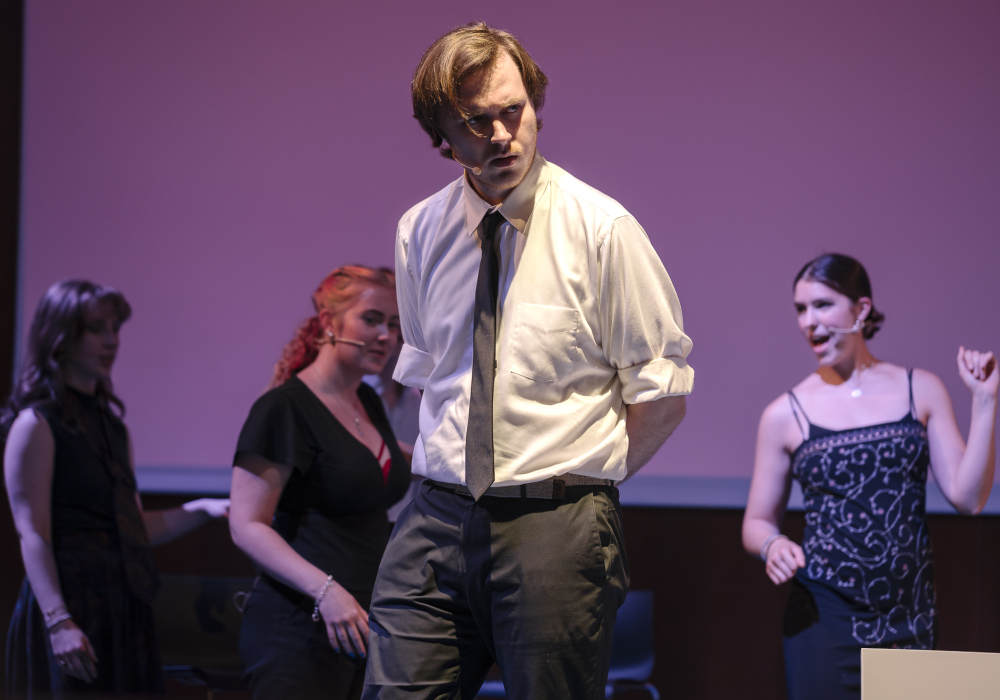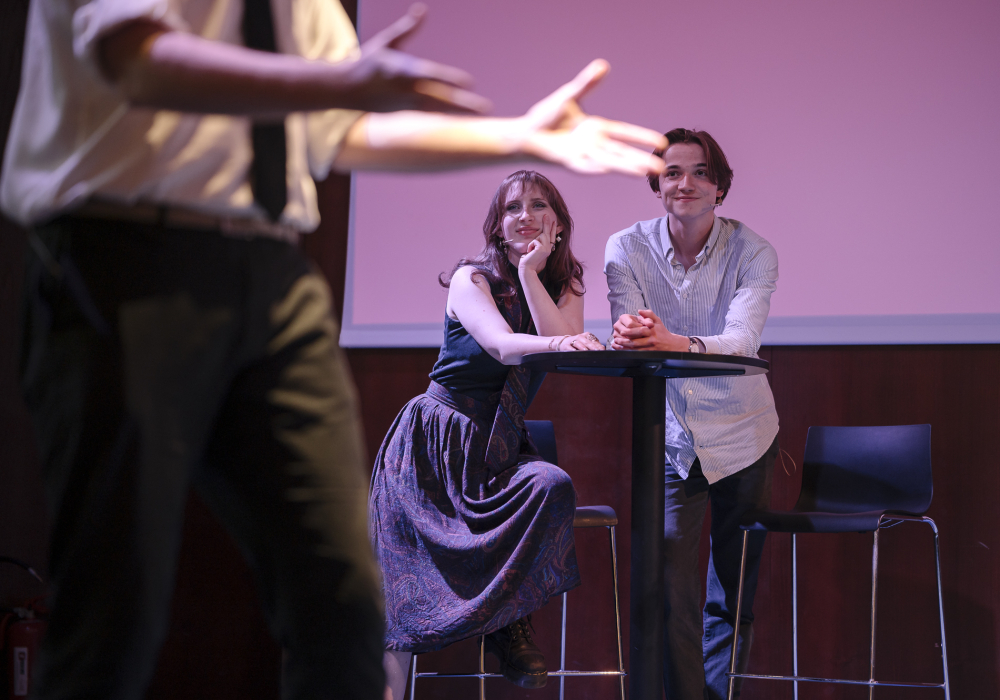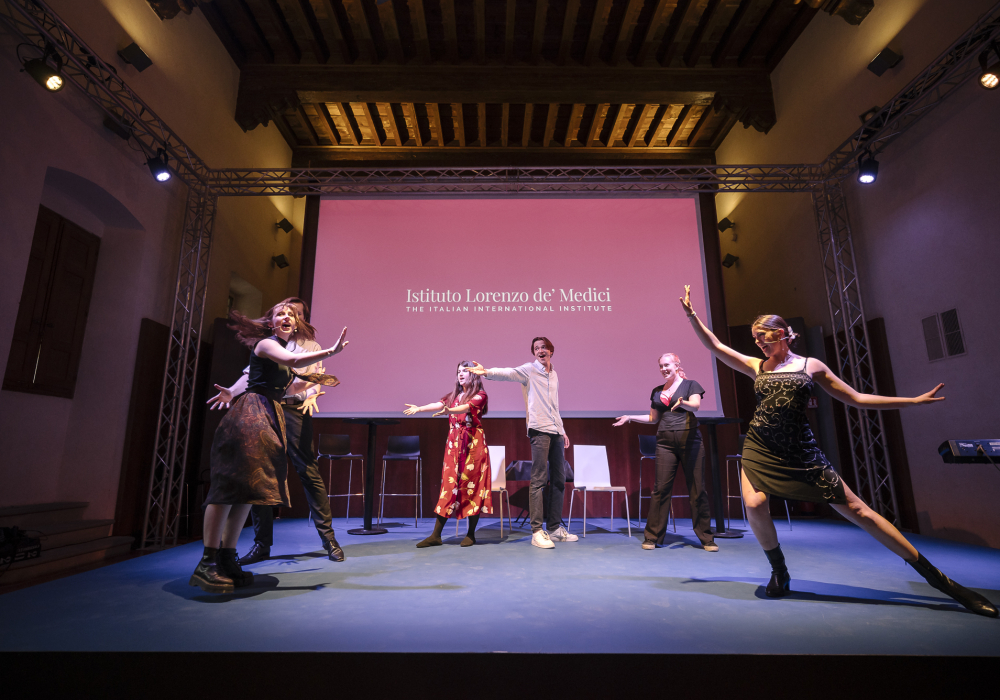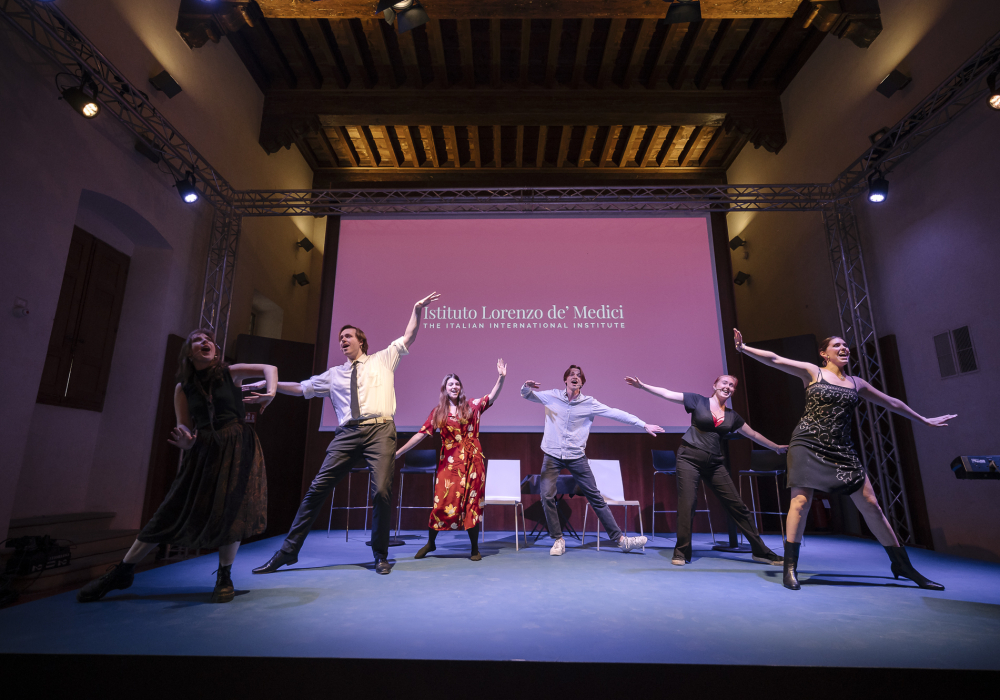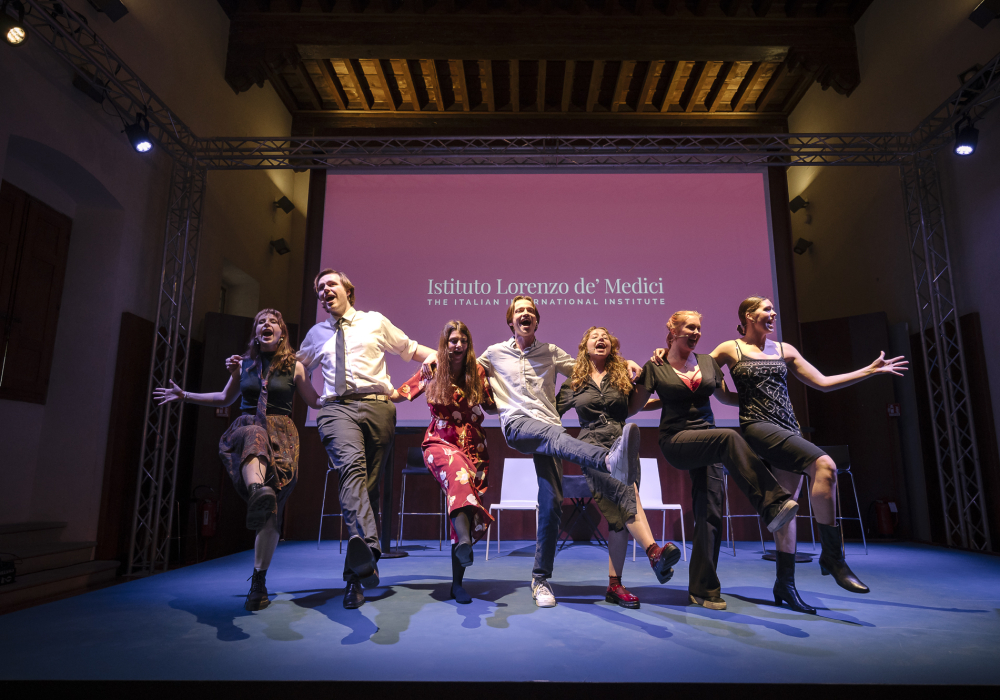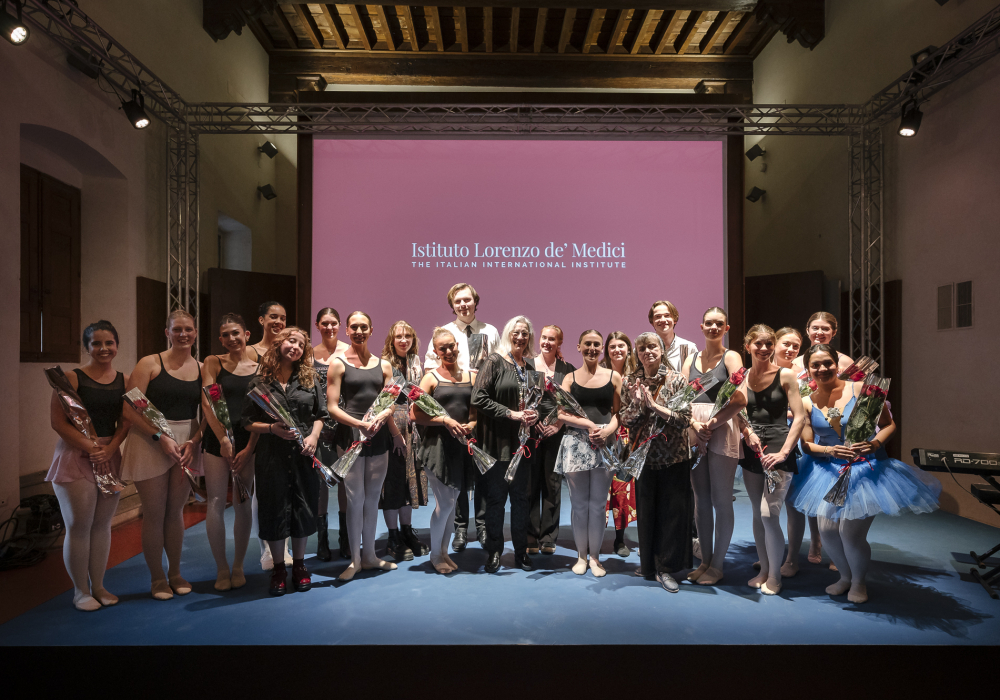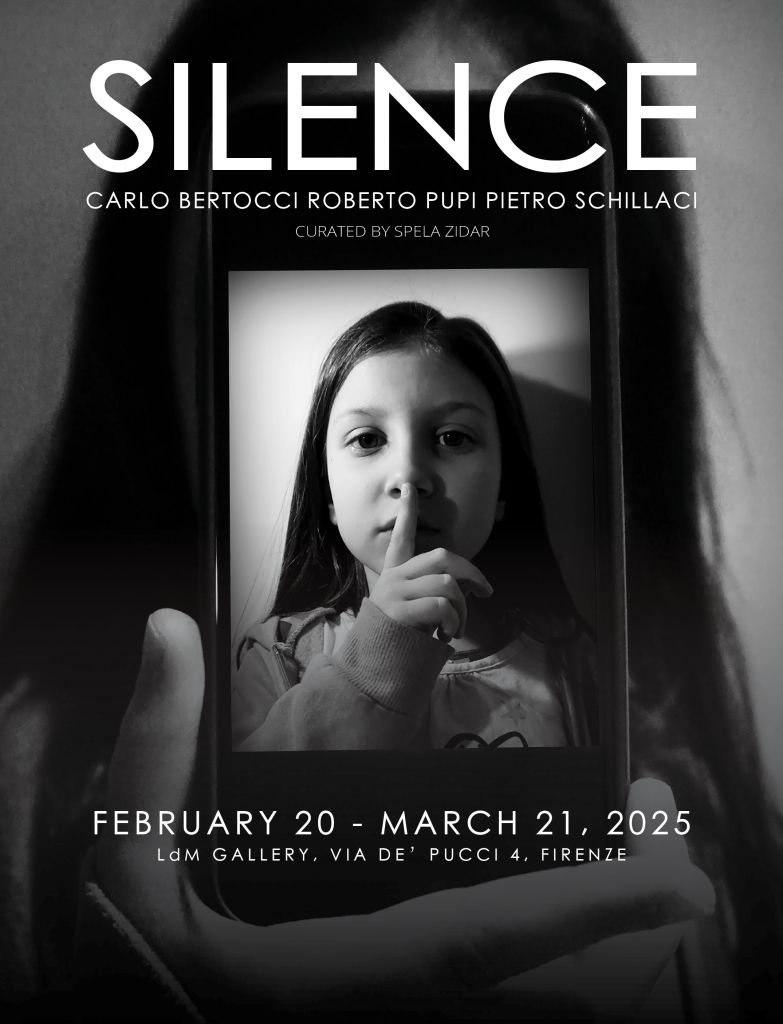LdM Gallery, in collaboration with @dessine_moi_une_blave projects, promotes an Open Call for artworks for exhibition and archive
DESSINE MOI UNE BLAVE (Draw a blave for me)
@dessine_moi_une_blave is a project by Rachel Morellet & José Bréval.
“Imagination is more important than knowledge,” said A. Einstein, “because knowledge is limited to all we know and understand, as imagination embraces the entire world. Imagination is the only thing that can open our minds and our hearts to the possible; it is what gives us the power to invent.”
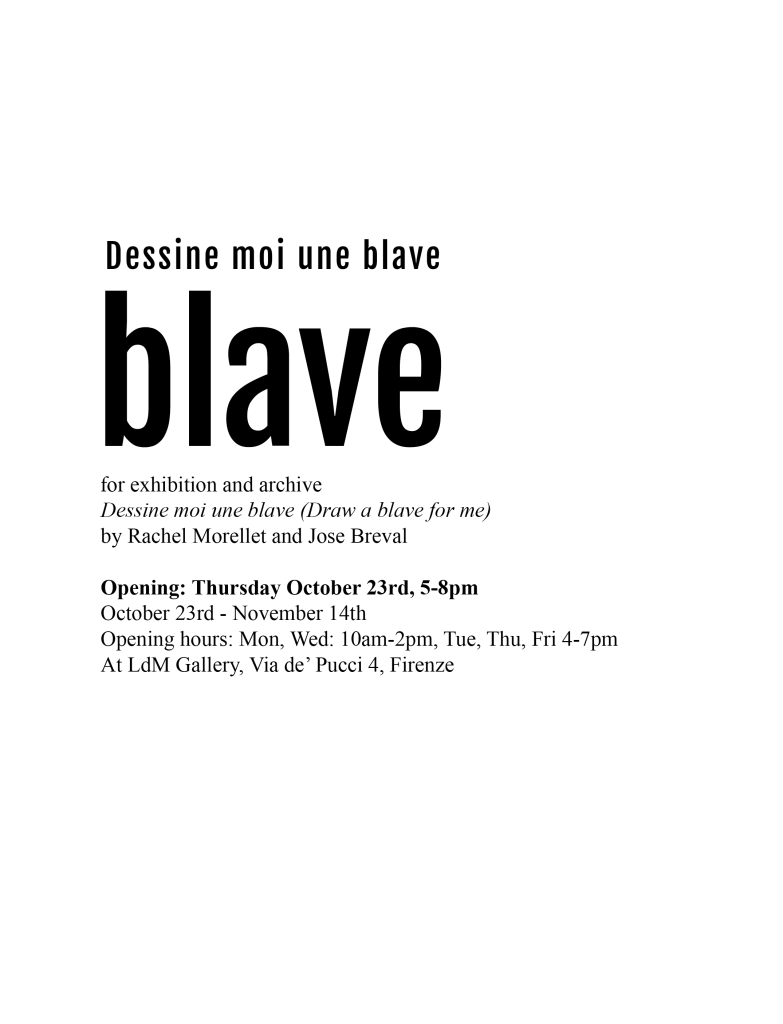
The Story of the Blave – What?
Years ago, in the enchanting landscapes of the south of France, a whimsical tale began to weave its way into the hearts and minds of those who dared to listen. It all started with an evening among friends, where I, under the influence of the local Corbières wine or perhaps some hidden muse, shared a peculiar revelation.
In hushed tones, I spoke of a mystical being that materializes under specific conditions – a creature known only as the “Blave.” I illustrated rough shapes on the table, depicting Blaves emerging from space, the abyss, or the vastness of the ocean. Cryptic words accompanied these drawings, deepening the mystery.
However, skepticism hung heavy in the air, as my friends, their senses tinged with the taste of wine, questioned whether the Blave was a product of artistic grandstanding or a genuine creation of the imagination.
Time passed, and Rachel Morellet, a participant in that fateful evening, took it upon herself to breathe life into the elusive Blave. She initiated the “Dessine-moi une Blave” project – a collective endeavor inviting contributions from anyone willing to share their interpretation of this enigmatic creature.
The response was overwhelming. A multitude of drawings and texts poured in, offering diverse perspectives on what a Blave could be, its characteristics, actions, and more. The once-questionable existence of the Blave became a canvas for boundless creativity and imagination.
While the term “blave” may have an obscure origin in old French dictionaries, referring to a small pocket handkerchief floating on the sea waves, the project “Dessine-moi une Blave” has transformed it into a symbol of limitless possibility, sparking the evolution of a new fantastical species.
Now, as the collection of Blaves continues to grow, the question arises: What can we do?
In the realms of science, the Blave could inspire ecological studies, prompting researchers to explore the potential impact of this imaginary being on ecosystems. Could the Blave serve as a metaphor for the delicate balance of nature, encouraging environmental awareness and conservation efforts?
In the realm of art, the Blave could become a muse for various creative endeavors. Artists might find inspiration in the diverse interpretations, leading to exhibitions, performances, or even collaborative projects across different artistic disciplines. The Blave could transcend its fictional origins, becoming a symbol of unity through artistic expression.
Moreover, the Blave might serve as a catalyst for storytelling and literature, with writers crafting tales of Blaves exploring uncharted territories, encountering mythical creatures, or embarking on quests that mirror the collective human experience.
Ultimately, “Dessine-moi une Blave” has not merely birthed a creature; it has sparked a cultural phenomenon. The Blave, once a whisper in the wind, has grown into a shared creation that transcends the boundaries of imagination, inviting us all to explore the wonders of creativity, collaboration, and the limitless possibilities that lie within the realms of art and science.
Participants
Duccio Abate, Marco Acquafredda, Josefina Ahumada, Anouk Aldegher, Sylvie Arena, Marie Astier, Fabrizio Basso, Silvia Bellandi, Devis Bergantin, Leonora Bisagno, Stefano Boccalini, Carla Brogi, José Bréval, Marina Maria Buratti, Myriam Cappelletti, Federica Cecchi, Shilha Cintelli, Maxine Christensen, Fabio Cresci, Cristina Crusciani, Filipe Da Rocha, Gandolfo Gabriele David, Sandra Dechezleprêtre, Elisabeth Délétang, Cinzia Delnevo, Delphine Denis, Axel Di Chiappari, Eyrine Dietzman, Kyana Dietzman, Diego Di Sepio, Raffaele Di Vaia, Graziano Dovichi, Manuel Fadat, Dino Ferruzzi, Barbara Fluvi, Alessio Fossi, Silvia Galasso – Francesco Gianmaria Bernabei, Nicolas Gal, Alexandre Gérard, Fabio Giusti, Pamela Gori, Stephane Granger, Nicolas Gruppo, Victoria Hawrys, Julie Hruba, Tianyang Huang, Inge Iacoviello, Iris, François Jacob, Suzy Kim, Scott Kuffner, Lori Lako, Valentina Lapolla, Julien Lavigne, Luis, Bartolo I. Marini, Christophe Morellet, Rachel Morellet, Bob Morse, Nicolas Mouton-Bareil, Florent Nicolas, Oblo Creature, Monserrat Perez Arteaga, Valeria Piccoli, Isabelle Pigeonnier, David Perahia, Nicolas Ramel, Barbel Reinhard, Duccio Ricciardelli, Bertrand Rigaux, Leandro Riecke, Nemo Riecke, Patrizia Sacchi, Lizzy Sainsbury, Eva Sauer, Caterina Sbrana, Alessandra Serra, Luca Sguanci, Margherita Sguanci, Simoncini –Tangi, Lucia Spennato, Chiara Tambani, Serena Tani, Aldo Thomas, Marco Ulivieri, Enrico Vezzi, Tatiana Villani, Victor Zabrockis, Elisa Zadi, Belinda Zhang, Marta Zunino, Sara Zunino
General info
Exhibition Title: Dessine moi une blave
Location: LDM Gallery, Via Dei Pucci 4 – Florence
Date: October 23rd until November 14th
Open: Mon/Wed 10 am-2 pm, Tue/Thu/Fri 4-7 pm
About LdM Gallery
The LdM Gallery is a project by Istituto Lorenzo de’ Medici, an interdisciplinary space where academic research and artistic experimentation meet within a professional setting.
Every LdM Student, professor, or staff member can participate in this project!
The LdM Gallery is a project by Istituto Lorenzo de’ Medici, an interdisciplinary space where academic research and artistic experimentation meet within a professional setting.



